Vivian Maier
"A photograph is a secret about a secret. The more it tells you, the less you know."
Vivian Maier was an enigmatic American street photographer whose work was discovered posthumously, revealing a stunning and extensive body of work that has captivated the photography world. Maier's striking black and white photographs capture the essence of mid-20th century urban life in America, depicting everyday scenes with a keen eye for detail, humanity, and humor. Although she worked as a nanny for most of her life, Maier's passion for photography resulted in a remarkable and largely unknown archive of over 100,000 negatives, which have since gained widespread recognition and acclaim.
Early Life and Career
Vivian Maier was born in New York City in 1926 and spent part of her childhood in France before returning to the United States in the late 1930s. She began working as a nanny in the 1950s, a profession she would continue for over 40 years. Maier was a fiercely private person, and her passion for photography was largely unknown to those around her.
Throughout her life, Maier would spend her days off and free time exploring the streets of New York and later Chicago, capturing candid moments of urban life with her Rolleiflex camera. Despite her prolific output, Maier's work remained a secret, hidden away in boxes and storage lockers.
It wasn't until 2007, when historian and collector John Maloof purchased a box of Maier's negatives at an auction, that her extraordinary talent was discovered. Since then, Maier's work has been exhibited in galleries worldwide and has garnered widespread praise for its unique perspective and masterful technique.
Photographic Style and Techniques
Vivian Maier's photographic style is characterized by its striking compositions, candid moments, and a keen sense of observation. Key elements of her style and techniques include:
Street Photography: Maier's work primarily focuses on the genre of street photography, capturing everyday scenes, people, and events in the urban environment. Her images often depict moments of human interaction, emotion, and humor, revealing the beauty and complexity of ordinary life.
Black and White: The majority of Maier's work is in black and white, with her images exhibiting a rich tonal range and a strong sense of contrast. This monochromatic approach lends a timeless quality to her photographs, allowing the viewer to focus on the subject matter and composition.
Candid Portraiture: Maier had a remarkable ability to capture candid portraits of her subjects, often without their awareness. This resulted in natural, unguarded expressions and a sense of intimacy in her photographs.
Composition: Maier's images demonstrate a strong sense of composition and balance, with a clear emphasis on geometric shapes and patterns, as well as the use of shadows and reflections to create visual interest.
Career Highlights
Although Vivian Maier's work was not recognized during her lifetime, her photographs have gained significant recognition and acclaim since their discovery. Some notable highlights include:
Posthumous exhibitions of her work at prominent galleries and museums, such as the Chicago Cultural Center, the Museum of Contemporary Photography in Chicago, and the Jeu de Paume in Paris.
The release of several books and documentaries dedicated to her life and work, including "Vivian Maier: Street Photographer" (2011) and the Oscar-nominated documentary "Finding Vivian Maier" (2013).
The establishment of the Vivian Maier Scholarship, which provides financial support to emerging photographers pursuing projects related to social documentary photography.
Photography Gear
Vivian Maier primarily used a Rolleiflex twin-lens reflex (TLR) camera for her street photography. This medium-format camera was known for its exceptional image quality, and its waist-level viewfinder allowed Maier to discreetly capture her subjects without drawing attention to herself. In addition to the Rolleiflex, Maier occasionally used other cameras, including 35mm rangefinders and later, a Mamiya C330 TLR.
Photography Books
Although Vivian Maier did not publish any books during her lifetime, several posthumous publications have showcased her work.
"Vivian Maier: Street Photographer" presents a stunning collection of Maier's black and white street photography, revealing her incredible talent for capturing the essence of urban life. The book serves as a source of inspiration for photographers looking to develop their own street photography skills, offering insights into Maier's ability to find beauty and meaning in the everyday.
"Vivian Maier: The Color Work" showcases Maier's lesser-known but equally impressive color photographs. This collection highlights her versatility as a photographer and her keen sense of composition and color, providing inspiration for photographers seeking to explore the world of color photography.
"Vivian Maier Developed: The Untold Story of the Photographer Nanny" delves into the mysterious life of Vivian Maier, exploring her personal story alongside her incredible body of work. This book offers valuable insights into Maier's photographic journey, inspiring photographers to follow their passion regardless of life's obstacles.
"Vivian Maier: A Photographer Found" is a comprehensive look at Maier's work, featuring over 250 of her photographs, including street scenes, portraits, and landscapes. This book highlights Maier's exceptional talent and unique perspective, providing inspiration for photographers seeking to develop their own artistic voice.
"Vivian Maier: Out of the Shadows" presents a curated selection of Maier's photographs, accompanied by essays that explore her life and work. This book offers a deeper understanding of Maier's photography, providing insights into her approach and techniques while serving as a source of inspiration for photographers interested in capturing life's quieter moments.
"Vivian Maier: Self-Portraits" is a fascinating collection of Maier's self-portraits, revealing her ability to capture her own image in a variety of settings and situations. This book offers inspiration for photographers looking to explore the art of self-portraiture and develop a deeper understanding of their own photographic identity.
Quotes
"The camera is a remarkable instrument. Saturate yourself with your subject, and the camera will all but take you by the hand and point the way."
"I suppose nothing is as good as it seems beforehand."
"I am constantly amazed by man's inhumanity to man."
"Most people go through life dreading they'll have a traumatic experience. Freaks were born with their trauma."
"A photograph is a secret about a secret. The more it tells you, the less you know."
Legacy and Influence
Vivian Maier's work has left an indelible mark on the world of street photography, and her story has inspired countless photographers, both amateur and professional. Maier's unique perspective and dedication to her craft have served as a reminder of the importance of pursuing one's passion and the power of photography to capture the human experience.
Despite her mysterious and reclusive nature, Vivian Maier's photography has resonated with a wide audience, as her images continue to reveal the hidden beauty, complexity, and humanity of everyday life. Her legacy endures through her extraordinary body of work, and the countless photographers who continue to be inspired by her remarkable talent and enigmatic persona.
Joel Meyerowitz
"Every street, every passerby, was a potential picture."
Joel Meyerowitz is an acclaimed American photographer, known for his pioneering work in color photography and his significant contributions to the genre of street photography. With a career spanning over five decades, Meyerowitz has captured the essence of everyday life and the changing urban landscape with a keen eye for detail, color, and light. His work has been exhibited and published widely, cementing his reputation as one of the most influential photographers of his generation.
Early Life and Career
Joel Meyerowitz was born in 1938 in the Bronx, New York. He studied art, medical illustration, and painting at Ohio State University and later pursued a career in advertising as an art director. His interest in photography began in 1962, when he encountered street photographer Robert Frank at work. Inspired by Frank's approach, Meyerowitz picked up a camera and began to explore the streets of New York City.
Meyerowitz initially worked in black and white but soon embraced color photography, which was still considered unconventional in the world of fine art photography. In the late 1960s and early 1970s, he worked alongside fellow photographers William Eggleston and Stephen Shore to champion the use of color in photography as an artistic medium.
Photographic Style and Techniques
Joel Meyerowitz's photographic style is characterized by its ability to capture the fleeting moments and subtle details of daily life. Key elements of his style and techniques include:
Color Photography: Meyerowitz was one of the early proponents of color photography in the realm of fine art. His vibrant, saturated colors bring his subjects to life and add a new dimension to his images.
Street Photography: Like his contemporaries Garry Winogrand and Lee Friedlander, Meyerowitz is known for his candid images of people in urban settings. He has a unique ability to capture the energy, humor, and beauty of everyday life on the streets.
Large Format Photography: In addition to his street photography, Meyerowitz has also worked with large format cameras to create highly detailed, large-scale images of landscapes and cityscapes.
Career Highlights
Some notable highlights from Joel Meyerowitz's illustrious career include:
His groundbreaking work in color photography, which helped to legitimize the use of color in fine art photography and paved the way for future generations of photographers.
A retrospective exhibition at the International Center of Photography in New York City in 1993, which showcased Meyerowitz's extensive body of work.
The publication of numerous books featuring his photography, including "Cape Light" (1978), "Wild Flowers" (1983), and "Aftermath: World Trade Center Archive" (2006).
Being the recipient of several prestigious awards, such as the Guggenheim Fellowship, the National Endowment for the Arts Fellowship, and the Royal Photographic Society's Centenary Medal.
Photography Gear
Throughout his career, Joel Meyerowitz has used a range of photography gear, including:
Cameras: Meyerowitz has primarily used Leica rangefinder cameras, such as the Leica M3 and M6, for his street photography. For his large format work, he has used cameras like the Deardorff 8x10.
Lenses: Meyerowitz has favored wide-angle lenses for his street photography, such as the 28mm and 35mm focal lengths, which allow him to capture the dynamic scenes of urban life.
Film: Meyerowitz has worked extensively with Kodak color film, particularly Kodachrome and Ektachrome, which are known for their rich color palette and fine detail.
Photography Books
"Joel Meyerowitz: How I Make Photographs" provides an in-depth look into Meyerowitz's creative process and techniques. Through personal anecdotes and examples of his work, the book offers valuable guidance and inspiration for photographers seeking to improve their craft and better understand the mind of a master photographer.
"Joel Meyerowitz: Where I Find Myself: A Lifetime Retrospective" offers a comprehensive look at the remarkable career of Joel Meyerowitz, showcasing his diverse body of work, including street photography, portraits, and landscapes. This retrospective provides valuable insights into the evolution of Meyerowitz's style and his creative journey, inspiring photographers to explore their own growth and development.
"Joel Meyerowitz: Cape Light" captures the stunning light and beauty of Cape Cod, revealing Meyerowitz's unique ability to bring out the subtleties of color and atmosphere in his work. This book offers inspiration for photographers interested in exploring the nuances of natural light and the power of color in their own images.
"Joel Meyerowitz: Redheads" is a fascinating exploration of Meyerowitz's fascination with redheads, showcasing his talent for capturing the essence of his subjects through color, light, and composition. This collection of portraits provides inspiration for photographers looking to develop their own unique approach to portraiture.
"Bystander: A History of Street Photography" is an essential read for anyone interested in the genre, offering a comprehensive overview of the history and evolution of street photography. Co-authored with Colin Westerbeck, this book features the work of numerous influential photographers, including Meyerowitz himself, and provides valuable insights and inspiration for photographers seeking to understand and develop their own style within the realm of street photography.
Quotes
"Photography is a response that has to do with the momentary recognition of things."
"You fill up the frame with feelings, energy, discovery, and risk, and leave room enough for someone else to get in there."
"The world was already in the condition of art, waiting to be noticed as such."
"I believed in the beauty of the fragment rather than the whole."
"Every street, every passerby, was a potential picture."
Legacy and Influence
Joel Meyerowitz's contributions to the world of photography are immense. As a pioneer of color photography, he has inspired countless photographers to explore the artistic potential of color in their work. His street photography has left a lasting impact on the genre, influencing a new generation of photographers who continue to document the urban experience in their own unique ways.
Meyerowitz's work has also served as a bridge between the past and present, connecting the traditions of photography with contemporary practices. By embracing both the classic medium of film and newer digital technologies, he has demonstrated the ongoing relevance and importance of photography as an art form.
Through his extensive body of work, teaching, and mentorship, Joel Meyerowitz has left an indelible mark on the photographic community and will continue to be remembered as one of the most influential photographers of his time.
Garry Winogrand
"The world isn't tidy; it's a mess. I don't try to make it neat."
Garry Winogrand, a prolific and influential street photographer, is often referred to as the quintessential chronicler of American life in the mid-20th century. His candid, spontaneous images captured the essence of post-war America, from bustling city streets to the more subtle moments of everyday life. Winogrand's work has left an indelible mark on the world of photography and has inspired countless photographers to embrace a more intuitive and honest approach to documenting the human experience.
Early Life and Career
Garry Winogrand was born in 1928 in the Bronx, New York City. He initially studied painting at City College of New York and later switched to photography while attending Columbia University. Winogrand honed his photographic skills under the guidance of renowned photographer Alexey Brodovitch at The New School for Social Research.
In the early stages of his career, Winogrand worked as a freelance photojournalist and commercial photographer. His work appeared in various publications such as Collier's, Sports Illustrated, and Life. However, it was his personal projects that eventually gained him widespread recognition and solidified his reputation as a leading figure in street photography.
Photographic Style and Techniques
Garry Winogrand's photographic style and techniques can be characterized by the following key elements:
Spontaneity: Winogrand was known for his ability to capture spontaneous moments and the dynamic energy of the streets. He often shot quickly, without composing his images in the viewfinder, which resulted in an unfiltered and honest portrayal of his subjects.
Wide-angle lenses: Winogrand frequently used wide-angle lenses (28mm and 35mm) to create a sense of immediacy and intimacy in his images. This allowed him to get close to his subjects and incorporate more of the surrounding context in his photographs.
Tilted frames: Many of Winogrand's photographs feature tilted frames, which adds a sense of energy and movement to his images. This unconventional framing also challenges traditional notions of photographic composition.
High contrast and grain: Winogrand's images often exhibit high contrast and noticeable film grain, reflecting his preference for shooting with high-speed black and white film and his penchant for pushing the boundaries of traditional photographic aesthetics.
Career Highlights
Garry Winogrand's career highlights include:
Numerous solo exhibitions, such as his first major show at the George Eastman House in Rochester, New York, in 1960, and a retrospective at the Museum of Modern Art in New York in 1988, two years after his death.
The publication of several influential books, including "The Animals" (1969), "Women are Beautiful" (1975), and "Public Relations" (1977).
The receipt of multiple prestigious awards, including Guggenheim Fellowships in 1964, 1969, and 1978, and a National Endowment for the Arts Fellowship in 1979.
Photography Gear
Throughout his career, Garry Winogrand used a range of photography gear, including:
Cameras: Winogrand's camera of choice was the Leica M-series rangefinder, particularly the M4 and later the M6, which allowed him to work quickly and unobtrusively.
Lenses: As mentioned earlier, Winogrand favored wide-angle lenses, such as the 28mm and 35mm focal lengths, which enabled him to capture more of the scene and create a sense of immediacy in his images.
Film: Winogrand primarily shot with black and white film, often using high-speed films like Tri-X to achieve his signature high contrast and grainy aesthetic.
Photography Books
"The Street Philosophy of Garry Winogrand" by Geoff Dyer and Garry Winogrand is a thought-provoking exploration of Winogrand's images and the ideas they convey. This book offers a fresh and engaging perspective on Winogrand's work, inviting readers to consider the deeper meanings and narratives within his photographs, and ultimately inspiring photographers to develop their own creative vision.
"Winogrand: Figments From The Real World" is an essential volume for anyone interested in Winogrand's work, offering a comprehensive overview of his career and highlighting his unique approach to street photography. The book delves into the photographer's creative process and shares his perspective on the world, providing valuable insights for photographers seeking to capture the authenticity and spontaneity of life on the streets.
"The Animals" showcases Winogrand's skill in capturing the lives and behavior of animals in urban environments. This book reveals the photographer's ability to find beauty and meaning in unexpected places, and provides inspiration for photographers looking to explore new subjects and settings in their work.
"Garry Winogrand: Public Relations" is a fascinating study of public events and their impact on society. Through his candid and perceptive images, Winogrand reveals the staged nature of these events and their effect on the public. This book offers valuable insights for photographers interested in exploring the relationship between public life and individual experience.
"Women are Beautiful" is a testament to Winogrand's keen eye for capturing the beauty and complexity of women in everyday life. This collection of photographs showcases the photographer's ability to find captivating moments in ordinary situations and serves as inspiration for photographers seeking to create striking and meaningful images of the people they encounter.
Quotes
"I photograph to find out what something will look like photographed."
"There is nothing as mysterious as a fact clearly described."
"All a photograph ever does is describe light on surface. That's all there is."
"The world isn't tidy; it's a mess. I don't try to make it neat."
"I don't have anything to say in any picture. My only interest in photography is to see what something looks like as a photograph."
Legacy and Influence
Garry Winogrand's legacy as a pioneering street photographer has influenced generations of photographers, including contemporaries like Joel Meyerowitz and Lee Friedlander, as well as later artists such as Martin Parr and Alec Soth. His unflinching documentation of American life in the mid-20th century provides a rich historical record of a rapidly changing society, while his innovative techniques and approach to photography continue to challenge and inspire photographers today.
By capturing the spirit of an era and pushing the boundaries of the medium, Garry Winogrand has left an indelible mark on the world of photography. His work serves as a reminder of the power of the photographic image to reveal the complexities and nuances of human experience and to evoke a sense of wonder and curiosity about the world around us.
Diane Arbus
"A photograph is a secret about a secret. The more it tells you, the less you know."
Diane Arbus was an American photographer known for her striking and often controversial black-and-white portraits of people living on the margins of society. Her work challenged conventional notions of beauty and normalcy, offering a unique perspective on the human experience. By capturing subjects that were frequently overlooked or stigmatized, Arbus created a powerful visual narrative that continues to captivate and provoke audiences today.
Early Life and Career
Born in New York City in 1923, Diane Arbus grew up in a wealthy family that owned a successful department store. She married Allan Arbus at the age of 18, and together they pursued careers in fashion photography, collaborating on projects for magazines such as Vogue and Harper's Bazaar.
However, Arbus eventually became disillusioned with the world of fashion photography and sought to create images that were more personal and emotionally resonant. In the late 1950s, she began to study photography under the guidance of influential photographers such as Lisette Model and Alexey Brodovitch. These experiences helped shape her unique photographic style and cemented her desire to focus on documentary and portrait photography.
Photographic Style and Techniques
Diane Arbus's photographic style was characterized by its raw, unflinching portrayal of subjects and its exploration of identity, personal struggles, and the complexities of human existence. Some key aspects of her style and techniques include:
Direct Connection with Subjects: Arbus often spent considerable time getting to know her subjects, fostering a sense of trust and intimacy that allowed her to capture their true essence in her images.
Square Format: Arbus frequently used a square-format Rolleiflex camera, which lent her images a distinctive and recognizable aesthetic.
Straightforward Composition: Arbus's images were often composed with her subjects placed centrally in the frame, which served to emphasize their presence and confront the viewer directly.
Natural Light: Arbus typically worked with natural light, allowing her subjects' environments to inform the mood and atmosphere of her images.
Career Highlights
Some notable highlights of Diane Arbus's career include:
Her groundbreaking 1967 exhibition, "New Documents," at the Museum of Modern Art in New York, which she shared with photographers Garry Winogrand and Lee Friedlander. This exhibition introduced her work to a wider audience and established her as a significant voice in the world of photography.
Receiving a Guggenheim Fellowship in 1963 and 1966, which provided financial support for her ongoing exploration of marginalized communities.
Posthumous retrospectives of her work, such as the 1972 exhibition at the Museum of Modern Art, which solidified her status as an influential figure in the history of photography.
Photography Gear
Diane Arbus used various photography gear throughout her career, including:
Cameras: Arbus primarily worked with a twin-lens reflex Rolleiflex camera, which produced 6x6 cm square negatives. She later transitioned to using a Mamiya C33 camera for greater flexibility and convenience.
Lenses: Arbus typically used a standard 80mm lens on her Rolleiflex camera, which provided a natural and undistorted perspective.
Flash: In low-light situations or to create a specific mood, Arbus sometimes utilized an on-camera flash, which contributed to the stark and intimate nature of her images.
Published Works
"Diane Arbus Revelations": This comprehensive book offers an in-depth look at Diane Arbus's life and work, featuring a wealth of photographs, contact sheets, and personal documents. It provides a unique understanding of her artistic vision and the development of her signature style.
"Diane Arbus: An Aperture Monograph: Fortieth-Anniversary Edition": This anniversary edition of the classic monograph showcases a selection of Diane Arbus's most iconic photographs, accompanied by insightful essays and biographical information. It is a testament to her enduring influence on the world of photography.
"Diane Arbus Documents": This book provides a detailed account of Arbus's life through her letters, notebooks, and other personal documents. It offers a fascinating glimpse into her creative process, personal relationships, and artistic growth.
"Diane Arbus: Portrait of a Photographer": This biography delves into the complex and enigmatic life of Diane Arbus, exploring her personal struggles and artistic achievements. It provides a comprehensive account of her life, influences, and photographic legacy.
"Diane Arbus: A box of ten photographs": This publication presents a collection of ten carefully selected photographs by Diane Arbus, offering a unique insight into her approach to portraiture and her ability to capture the essence of her subjects.
"Diane Arbus: Untitled": This book showcases a series of previously unpublished photographs by Diane Arbus, focusing on her work with individuals living on the fringes of society. It is a powerful testament to her ability to find beauty in the unconventional and overlooked.
"Diane Arbus: A Biography": This biography offers a detailed account of Diane Arbus's life and work, exploring her personal struggles, artistic vision, and enduring influence on the world of photography. It provides an in-depth look at her journey as an artist and her impact on the medium.
Quotes
"A photograph is a secret about a secret. The more it tells you, the less you know."
"The thing that's important to know is that you never know. You're always sort of feeling your way."
"I really believe there are things nobody would see if I didn't photograph them."
"Giving a camera to Diane Arbus is like putting a live grenade in the hands of a child."
"For me, the subject of the picture is always more important than the picture."
Legacy and Influence
Diane Arbus's legacy as a groundbreaking and provocative photographer endures today. Her intimate and sometimes controversial portraits of individuals on the fringes of society have influenced generations of photographers, including Mary Ellen Mark, Nan Goldin, and Sally Mann. Arbus's work has also had a lasting impact on the broader visual arts, with her images appearing in various films, books, and exhibitions.
By challenging societal norms and providing a platform for underrepresented voices, Diane Arbus revolutionized the world of documentary and portrait photography. Her fearless exploration of the human condition and commitment to revealing the complexity of her subjects' lives continue to inspire photographers to push the boundaries of their work and engage with the world around them in new and meaningful ways.
Dotan Saguy
“If you want to make a small fortune as a photographer, start with a big fortune“
Dotan Saguy (website) is a renowned documentary photographer known for his compelling visual narratives that reveal the beauty and complexity of human life. His work captures the essence of diverse communities and cultures, inviting viewers to explore and understand the world around them.
Early Life and Career
Dotan Saguy was born and raised in Israel, where he developed a passion for photography at a young age. He later moved to the United States to study film and photography at the prestigious Art Center College of Design in Pasadena, California. After completing his studies, Saguy began his career as a documentary photographer, focusing on capturing the human condition in various communities and cultures.
Photographic Style and Techniques
Saguy's photographic style is characterized by its candidness and authenticity, with a strong emphasis on storytelling. He strives to document the everyday lives of people, revealing their individuality and humanity. His work often explores themes of social and cultural issues, showcasing the resilience and strength of the human spirit.
To capture these intimate moments, Saguy immerses himself in the communities he photographs, building trust and rapport with his subjects. This allows him to create genuine and emotional connections that translate into powerful images. His photographs are often shot in black and white, which adds depth and timelessness to his work.
Other notable documentary photographers with a similar style are Sebastião Salgado, Mary Ellen Mark, and Dorothea Lange.
Career Highlights
Throughout his career, Dotan Saguy has received numerous accolades and recognition for his outstanding work in documentary photography. Some of his most notable achievements include:
Winning the prestigious Leica Oskar Barnack Award for his series "Venice Beach: The Last Days of a Bohemian Paradise."
Being a finalist in the World Press Photo contest.
Having his work featured in prominent publications such as National Geographic, The Guardian, and The New York Times.
Exhibiting his photographs in prestigious galleries and museums worldwide.
Photography Books
"Venice Beach: The Last Days of a Bohemian Paradise" by Dotan Saguy: This visually stunning book captures the unique spirit and vibrant culture of Venice Beach, California. Saguy documents the community's eclectic mix of artists, street performers, and colorful characters before gentrification started to change the neighborhood. The book serves as a tribute to the bohemian paradise that once was and a reminder of the importance of preserving cultural diversity in urban spaces.
"Nowhere to go but Everywhere" by Dotan Saguy: In this compelling photo book, Saguy follows the life of a family who has chosen to live on the road, exploring the United States in their converted school bus. The book delves into the unconventional lifestyle they have chosen, the challenges they face, and the joys of living a nomadic existence. Saguy's intimate photographs capture the family's resilience and their pursuit of freedom, offering an inspiring glimpse into an alternative way of life.
Photography Gear
Dotan Saguy uses various equipment to capture his evocative images. Some of the key gear in his arsenal includes:
Leica M10: A high-performance digital rangefinder camera known for its exceptional image quality and unobtrusive design, perfect for documentary photography.
Leica M6: A classic film rangefinder camera that offers a timeless aesthetic and incredible reliability.
Leica 35mm f/2 Summicron lens: A versatile and sharp lens that provides excellent image quality and low-light performance, ideal for capturing candid moments.
Leica 50mm f/2 Summicron lens: A compact and lightweight lens that offers great detail and depth for portrait and documentary photography.
These tools enable Saguy to create his captivating images while maintaining the intimacy and candidness that define his work.
QUOTES
“If you want to make a small fortune as a photographer, start with a big fortune“
“I don’t need to worry about booking assignments or looking to freelance,”
“I got bored of travel photography, and decided I wanted to challenge myself,”
“If there’s a Coke bottle in the sand, you can’t stage it out. You can’t ask anyone to take it out. You can’t photoshop it. You can’t add anything. Patience is where it’s at.”
Legacy and Influence
Dotan Saguy's work has left an indelible mark on the world of documentary photography. His ability to capture the essence of humanity in his images has inspired countless photographers to pursue similar paths, fostering a deeper appreciation for the power of visual storytelling. Saguy's photographs not only document the lives of diverse communities but also encourage a sense of empathy and understanding among viewers, bridging cultural and social divides.
Other notable documentary photographers with a similar style are Susan Meiselas, Bruce Davidson, and Alex Webb. Like Saguy, these photographers excel at capturing the human condition and presenting it in a visually compelling and authentic manner.
In conclusion, Dotan Saguy's work stands as a testament to the power of documentary photography to connect us and provide insight into the lives of others. Through his dedication to his craft and his unique approach to capturing the human spirit, Saguy continues to be a major influence in the world of photography.
Mary Ellen Mark
“You don't need to retouch if you know how to light.”
Mary Ellen Mark (1940-2015) was an American documentary photographer known for her compelling black-and-white images that captured the lives of people living on the margins of society. Her empathetic approach to photography and her ability to connect with her subjects enabled her to produce intimate and powerful images that have left a lasting impression on the world of photography.
Early Life and Career
Mary Ellen Mark was born in Philadelphia, Pennsylvania, in 1940. She developed an interest in photography during her high school years and later studied painting and art history at the University of Pennsylvania. She eventually earned a Master's degree in photojournalism from the Annenberg School for Communication at the same university.
In the 1960s, Mark began her career as a freelance photographer, working for various publications, including Life, Rolling Stone, and The New Yorker. Over the years, she received numerous awards for her work, including three Robert F. Kennedy Journalism Awards, the World Press Photo Award, and the Infinity Award for Journalism.
Photographic Style and Techniques
Mark's documentary photography style was characterized by her ability to connect with her subjects, often spending extended periods with them to gain their trust and capture their true emotions. She focused on people living on the fringes of society, including the homeless, drug addicts, and sex workers.
Her black-and-white images were marked by strong contrast and a rich tonal range, which emphasized the emotions and expressions of her subjects. Mark was also known for using medium-format cameras, primarily the Rolleiflex, which allowed her to achieve a high level of detail and clarity in her images.
Career Highlights
Some of Mary Ellen Mark's most significant projects include:
"Ward 81" (1976): A series documenting the lives of female patients at the Oregon State Mental Hospital.
"Falkland Road" (1981): A body of work capturing the lives of sex workers in Mumbai, India.
"Streetwise" (1983): A project focused on the lives of homeless children in Seattle, which was later turned into an Academy Award-nominated documentary film.
"Twins" (2003): A series of portraits of identical twins taken at the Twins Days Festival in Twinsburg, Ohio.
Photography Gear
In her quest for unique imagery, Mark employs a diverse range of equipment, from 35mm to large-format 4x5 cameras. She often uses the Leica M6 TTL rangefinder and Canon EOS-IN with various lenses for her 35mm work, while occasionally opting for the Hasselblad X-Pan. For medium format photography, Mark works with Hasselblad and Mamiya 7 cameras. When it comes to 4x5 equipment, she prefers Linhof with 120- or 135mm lenses. Mark enjoys switching between systems to capitalize on their distinct capabilities.
Published Photo Books
"Ward 81: Voices" by Mary Ellen Mark and Karen Folger Jacobs: This powerful book documents the lives of women in Ward 81, a maximum-security ward in the Oregon State Hospital. Through her empathetic and honest photographs, Mary Ellen Mark captures the daily reality of these women, while Karen Folger Jacobs provides insightful interviews and observations.
"Mary Ellen Mark on the Portrait and the Moment: The Photography Workshop Series": In this book, Mary Ellen Mark shares her insights on portrait photography, including the importance of the moment and the emotional connection between the photographer and subject. The book offers valuable tips and techniques, as well as a selection of her iconic portraits.
"Seen Behind the Scene" by Mary Ellen Mark: This collection features Mark's behind-the-scenes photographs from various film sets, showcasing her unique ability to capture the essence of movie-making. The book offers a fascinating glimpse into the world of cinema through the eyes of one of the most celebrated documentary photographers.
"Mary Ellen Mark: Tiny, Streetwise Revisited": This book revisits the subjects of Mark's earlier "Streetwise" series, focusing on Tiny, a young girl living on the streets of Seattle. The book documents her life over three decades, offering a poignant exploration of the impact of poverty and addiction.
"Mary Ellen Mark: An American Odyssey 1963-1999": This comprehensive retrospective showcases the breadth and depth of Mark's work, featuring her iconic images from around the world. The book highlights her ability to connect with her subjects and capture the human experience in a compassionate and honest manner.
"Falkland Road" by Mary Ellen Mark: This groundbreaking book documents the lives of the women working in the red-light district of Bombay, India. Through her intimate and compassionate photographs, Mark offers a rare glimpse into their daily lives, providing a moving portrayal of resilience and humanity.
Quotes
"The obsessions we have are pretty much the same our whole lives. Mine are people, the human condition, life."
"I'm just interested in people on the edges. I feel an affinity for people who haven't had the best breaks in society."
"I've always been interested in photographing people who are not part of the mainstream."
"The most difficult thing for me is a portrait. You have to try and put your camera between the skin of a person and their shirt."
"To take a photograph is to align the head, the eye, and the heart. It's a way of life."
Legacy and Influence
Mary Ellen Mark's photography has had a profound impact on the field of documentary photography, inspiring generations of photographers to explore the lives of marginalized individuals and communities. Her ability to connect with her subjects on a deeply emotional level has set a high standard for empathetic and compassionate storytelling in the world of photography.
Other notable photographers with similar style are: Diane Arbus, Dorothea Lange, Susan Meiselas, and Sebastião Salgado. These photographers, like Mark, have focused on capturing the human condition and the lives of people who are often overlooked or marginalized by society.
Throughout her career, Mary Ellen Mark not only documented the lives of people living on the fringes of society, but she also used her photography as a tool for raising awareness about social issues and advocating for change. Her work has left a lasting legacy, inspiring photographers around the world to approach their subjects with empathy, respect, and an unyielding commitment to telling the truth.
Saul Leiter
“I think if you know enough about photography you realise that nothing is really that new.”
Saul Leiter (1923-2013) was an American photographer and painter, best known for his pioneering work in color street photography. His distinctive style, characterized by the use of color, abstraction, and an emphasis on the beauty of everyday moments, has made him a revered figure in the world of photography.
Early Life and Career
Born in Pittsburgh, Pennsylvania, Leiter originally pursued a career in the rabbinate, following in the footsteps of his father, who was a rabbi and scholar. However, his passion for the arts led him to abandon his religious studies and move to New York City in the late 1940s. There, he became part of the New York School of Photography, alongside photographers like Robert Frank and Diane Arbus.
Leiter's work was first published in Life magazine, and soon after, he became a successful fashion photographer, working for magazines such as Harper's Bazaar and Vogue. Despite his commercial success, he continued to pursue his love for street photography, capturing the essence of New York City's streets through his unique lens.
Photographic Style and Techniques
Saul Leiter's photographic style is often described as poetic and painterly. He had a keen eye for color and composition, using these elements to create images that evoke an emotional response. His photos often featured reflections, shadows, and blurred subjects, giving them a dreamlike quality.
Leiter was known for shooting through windows or using other objects to frame his subjects, resulting in abstract and layered images. He also made extensive use of overexposure and deliberate soft focus to create a painterly effect in his photographs.
Career Highlights
Some of Saul Leiter's most iconic images were taken during the 1950s and 1960s, a period when color photography was still considered inferior to black-and-white. Despite this, his work was included in the groundbreaking exhibition "The Family of Man" at the Museum of Modern Art in New York in 1955, which showcased the best in photography from around the world.
In 2006, a major retrospective of Leiter's work was held at the Fondation Henri Cartier-Bresson in Paris. This exhibition helped to solidify his status as a key figure in the history of photography and brought his work to a wider audience.
Photography Gear
Leica M-series rangefinder cameras
Kodachrome and Ektachrome color slide films
Published Photo Books
"Early Color" (2006) by Saul Leiter: This book showcases a collection of Saul Leiter's early color photographs from the 1940s and 1950s. These images, characterized by their unique use of color and composition, helped redefine the genre of street photography and solidified Leiter's reputation as a pioneer in the field.
"Early Black and White" (2014) by Saul Leiter: This volume features a selection of Leiter's black and white photographs from the same period as his early color work. The images reveal Leiter's mastery of composition, light, and shadow, offering a different perspective on his photographic style and the streets of New York City.
"Saul Leiter: Retrospektive" (2012): This retrospective book offers a comprehensive overview of Saul Leiter's career, featuring both his color and black and white photographs. The collection provides insight into Leiter's creative process and his enduring influence on the world of photography.
"In My Room" (2017) by Saul Leiter: This intimate collection features photographs taken by Leiter in his New York City apartment, capturing the private world of the artist and his muses. The images reveal a more personal side of Leiter's work, showcasing his ability to find beauty and inspiration in the everyday.
"All About Saul Leiter" (2017): This book offers an in-depth look at the life and career of Saul Leiter, featuring a selection of his most iconic images, as well as interviews, essays, and personal reflections from those who knew him best. The book provides a comprehensive portrait of the man behind the camera and his lasting impact on photography.
"Forever Saul Leiter": This collection celebrates the work of Saul Leiter, showcasing a range of his photographs, including street scenes, portraits, and abstract compositions. The book highlights Leiter's unique visual style and his ability to find beauty in unexpected places.
Quotes
"I don't have a philosophy. I have a camera."
"A window covered with raindrops interests me more than a photograph of a famous person."
"I believe there is such a thing as a search for beauty."
"Seeing is a neglected enterprise."
"I like it when one is not certain what one sees. When we do not know why the photographer has taken a picture and when we do not know why we are looking at it, all of a sudden we discover something that we start seeing. I like this confusion."
Legacy and Influence
Saul Leiter's innovative approach to color photography and his ability to find beauty in the mundane have left a lasting impact on the world of street photography. His work has inspired countless photographers, and his contribution to the development of color photography as a serious art form cannot be overstated.
Other notable photographers with similar styles are William Eggleston, Ernst Haas, Alex Webb, and Helen Levitt. These photographers, like Leiter, have been known to explore color, abstraction, and the poetics of everyday life in their street photography.
Fan Ho
“Photography needs to be haunting and worth remembering”
Fan Ho, a celebrated Chinese street photographer, was known for his captivating images of Hong Kong during the 1950s and 1960s. Often referred to as the "Cartier-Bresson of the East," Fan Ho's work showcases the beauty and complexity of a rapidly changing city. His photographs offer a unique glimpse into the lives of ordinary people during a time of great social and political upheaval.
Early Life and Career
Born in Shanghai in 1931, Fan Ho moved to Hong Kong with his family in 1949. He began exploring photography at the age of 13, using a Rolleiflex camera given to him by his father. He quickly developed a passion for the medium and started capturing the streets and people of Hong Kong.
Fan Ho's talent was recognized early on, and his work was exhibited in numerous local and international exhibitions. He went on to become an award-winning photographer, winning over 280 awards from prestigious organizations such as the Photographic Society of America and the Royal Photographic Society of Great Britain.
Photographic Style and Techniques
Fan Ho's photographic style is characterized by his remarkable use of light and shadow. He often shot in the early morning or late afternoon when the sun was low in the sky, creating dramatic and atmospheric images. His compositions are carefully constructed, with an emphasis on geometry and the interplay of light and darkness.
In addition to his mastery of light, Fan Ho had a keen eye for capturing the essence of his subjects. His images often feature the contrast between old and new, highlighting the rapid modernization of Hong Kong during that period. He had a particular affinity for photographing children, showcasing their innocence and resilience against the backdrop of a changing city.
Career Highlights
Some of Fan Ho's most iconic images include "Approaching Shadow," "On the Stage of Life," and "Her Study." His work has been published in numerous monographs, and he has been the subject of several retrospective exhibitions.
Photography Gear
Throughout his career, Fan Ho primarily used a Rolleiflex twin-lens reflex camera. This medium-format camera was known for its high-quality images and ease of use, making it a popular choice among street photographers of the time.
Published Photo Books
"Hong Kong Yesterday" (2002) by Fan Ho: This book features a collection of black and white photographs taken by Fan Ho during the 1950s and 1960s, capturing the unique atmosphere and daily life of Hong Kong. The images showcase Ho's mastery of light, shadow, and composition, and provide a nostalgic look at a bygone era in the city's history.
"The Living Theatre" (2009) by Fan Ho: In this book, Fan Ho presents a series of photographs that explore the world of theater and performance in Hong Kong. The images offer an intimate look at the lives of actors, dancers, and other performers, showcasing Ho's ability to capture the emotions and energy of the stage.
"Fan Ho Selected Works": This collection showcases a selection of Fan Ho's most celebrated photographs, highlighting his distinctive visual style and his ability to capture the essence of Hong Kong's streets and people. The images in this book span Ho's entire career, offering readers a comprehensive look at the evolution of his work and his enduring impact on the world of photography.
Quotes
"Light is the soul of a photograph."
"Photography is a universal language that transcends the barriers of culture and time."
"A good photograph is one that communicates a fact, touches the heart, and leaves the viewer a changed person for having seen it."
"A camera is just a tool; the photographer's mind and heart are what create the image."
"The most important thing in photography is to find your own style and to be true to your own vision."
Legacy and Influence
Fan Ho's work has left a lasting impact on the world of street photography. His ability to capture the essence of a city and its people, combined with his innovative use of light and shadow, has made him a true icon in the field. It is hard to suggest other similar photographers because of his unique style, but other notable photographers you might be interested in include Saul Leiter, Trent Parke, Alex Webb, and Raghubir Singh.
Fan Ho's photographs continue to inspire generations of photographers who are drawn to the beauty and complexity of urban life. His work serves as a timeless reminder of the power of photography to document history and evoke emotion.
Exhibitions and Awards
Fan Ho's work has been exhibited in galleries and museums around the world, including the Hong Kong Arts Centre, the Shanghai Art Museum, and the Fotografiska in Stockholm. His photographs have also been featured in numerous group exhibitions, showcasing the best of street photography from the mid-20th century.
Throughout his career, Fan Ho received various prestigious awards for his work, such as the Photographer of the Year Award from the Photographic Society of America and the Gold Medal from the Salon International d'Art Photographique in France.
Teaching and Mentoring
In addition to his photographic career, Fan Ho was passionate about sharing his knowledge and expertise with others. He taught photography at several institutions, including Hong Kong Polytechnic University and the Hong Kong Academy for Performing Arts. His teachings and mentorship have inspired many aspiring photographers, who have gone on to make their own mark in the world of photography.
Fan Ho's Lasting Impact on Street Photography
Fan Ho's work has continued to inspire photographers who strive to capture the essence of urban life. His innovative use of light, shadow, and composition, combined with his ability to document the human experience, has cemented his status as a master of street photography.
Photographers like Vivian Maier, Daido Moriyama, and William Eggleston have also explored urban environments through their lenses, each with their unique perspectives and styles. Although their work differs in various aspects, they all share a connection with Fan Ho's ability to reveal the extraordinary within the ordinary.
Fan Ho's photographs will always remain an essential part of the history of street photography, serving as both a testament to his incredible talent and a source of inspiration for future generations of photographers.
Elliott Erwitt
"Photography is not rocket science. Essentially you buy the camera and follow the instructions on the box.”
Photo taken by © Betina La Plante
Elliott Erwitt is a celebrated photographer known for his candid and often humorous images that capture the essence of everyday life. As a master of street photography, he has made significant contributions to the art form, leaving an indelible mark on the world of photography.
Early Life and Career
Born in Paris in 1928 to Russian émigré parents, Elliott Erwitt spent his early years in Italy before immigrating to the United States in 1939. He developed an interest in photography during his high school years and went on to study photography and filmmaking at Los Angeles City College and the New School for Social Research in New York City.
Erwitt's professional career began in the late 1940s when he started working as a freelance photographer. In 1953, he was invited to join the prestigious Magnum Photos agency by its founder, Robert Capa. This association allowed Erwitt to travel extensively and document various social and political events worldwide.
Photographic Style and Techniques
Elliott Erwitt's photographic style is characterized by its spontaneity, wit, and keen observation of the human experience. He has a unique ability to find humor and irony in everyday situations, which has made his images universally appealing. Erwitt often relied on natural light and unobtrusive techniques, allowing him to capture candid moments that reveal the essence of his subjects.
While Erwitt is best known for his black and white images, he has also produced a significant body of work in color. His photographs cover a wide range of subjects, from playful images of dogs to iconic portraits of famous figures such as Marilyn Monroe and Che Guevara.
Career Highlights
Throughout his long and illustrious career, Elliott Erwitt has been involved in numerous high-profile projects and exhibitions. Some of his most notable achievements include:
Being part of the famed "Family of Man" exhibition curated by Edward Steichen at the Museum of Modern Art in 1955.
Documenting the civil rights movement in the United States during the 1960s.
Capturing images of world leaders and celebrities, including Richard Nixon, John F. Kennedy, and Fidel Castro.
Publishing over 20 photography books, showcasing his diverse range of subjects and themes.
Photography Gear
Elliott Erwitt is known to have used a variety of cameras throughout his career. Some of the gear he has utilized includes:
Published Photo Books
Elliott Erwitt has published numerous photo books, providing a comprehensive look at his extensive body of work. Some of his most notable books include:
"Personal Best" (2018) by Elliott Erwitt: This hardcover book showcases a selection of Erwitt's most iconic photographs from his extensive career, including his candid shots of famous personalities and everyday life. The collection offers readers a glimpse into Erwitt's unique perspective and his ability to capture humor and emotion through his lens.
"Elliott Erwitt's Paris" (2017) by Elliott Erwitt: In this paperback, Erwitt presents his photographs of Paris, capturing the city's charm, architecture, and daily life. Through his distinctive black and white images, Erwitt provides readers with an intimate and whimsical portrait of one of the world's most romantic cities.
"Elliott Erwitt's Dogs": This book features a collection of Erwitt's photographs celebrating man's best friend. The images showcase dogs in various situations, from playful to poignant, highlighting Erwitt's keen eye for capturing the essence and character of his canine subjects.
"Found, Not Lost": This book presents a selection of previously unpublished photographs by Elliott Erwitt, offering readers a fresh look at his work. The images span several decades and cover a range of subjects, from everyday life to famous personalities.
"Elliott Erwitt: Home Around the World": This book offers a comprehensive look at Erwitt's photographic career, featuring images from his travels and assignments around the globe. The collection showcases Erwitt's talent for capturing the essence of a place and its people through his candid, evocative images.
"Elliott Erwitt's Kolor" (2013): This book features a selection of Erwitt's color photographs, showcasing his mastery of both black and white and color photography. The images in this collection cover a range of subjects, including portraits, street scenes, and landscapes, demonstrating Erwitt's versatility and skill as a photographer.
"Elliott Erwitt's Cuba" (2015): In this book, Erwitt presents a series of photographs taken during his visits to Cuba, capturing the country's unique atmosphere, architecture, and people. Through his lens, Erwitt provides readers with a visual journey that highlights the beauty and complexity of Cuban life and culture.
Quotes
"To me, photography is an art of observation. It's about finding something interesting in an ordinary place... I've found it has little to do with the things you see and everything to do with the way you see them."
"The whole point of taking pictures is so that you don't have to explain things with words."
"A photograph is a biography of a moment."
"Color is descriptive. Black and white is interpretive."
"You can find pictures anywhere. It's simply a matter of noticing things and organizing them. You just have to care about what's around you and have a concern with humanity and the human comedy."
Legacy and Influence
Elliott Erwitt's enduring legacy is evident in the numerous photographers who have adopted a similar style in their work. By capturing the humor and irony of everyday life, he has inspired generations of photographers to find beauty in the mundane. Other notable photographers with a similar style are Garry Winogrand, Lee Friedlander, Bruce Gilden, and Martin Parr.
Elliott Erwitt's vast body of work continues to be celebrated in exhibitions and publications around the world. His unique approach to street photography has influenced countless photographers and enthusiasts, making him a true icon in the world of photography.
In conclusion, Elliott Erwitt's career as a street photographer has left an indelible mark on the art form. His keen eye for capturing the human experience and his ability to find humor and beauty in everyday situations have made him a beloved figure in the world of photography. By learning from his techniques and approach, aspiring photographers can gain valuable insights into the art of street photography.
Robert Capa
"If your photographs aren't good enough, you're not close enough"
Robert Capa, born André Friedmann in 1913 in Budapest, Hungary, is widely regarded as one of the most influential war photographers in history. Known for his up-close and personal images of conflict, Capa's work not only documented the events of his time but also humanized the people affected by war. His iconic photographs from the Spanish Civil War, World War II, and other conflicts have left an indelible mark on the field of photojournalism.
Early Life and Career
Capa's interest in photography began during his adolescence, and after relocating to Berlin in 1931, he started working as a darkroom assistant for the German photographic agency, Dephot. In 1933, he moved to Paris to escape the rise of the Nazis in Germany. It was in Paris where he adopted the name Robert Capa, which he believed would help him be more marketable as a photographer.
His first major break came in 1936 when he covered the Spanish Civil War alongside his partner, Gerda Taro. Capa's images from the conflict, particularly the photograph known as "The Falling Soldier," brought him international recognition.
Photographic Style and Techniques
Capa's approach to photography was characterized by his commitment to getting as close to the action as possible. He famously said, "If your pictures aren't good enough, you're not close enough." This philosophy led him to take risks in order to capture the intensity and emotion of the events he covered.
While his style was primarily documentary, Capa's images also possessed an artistic quality, with a focus on composition and storytelling. His ability to capture the humanity of his subjects, even in the midst of conflict, set his work apart and made it both emotionally compelling and historically significant.
Career Highlights
In addition to his work during the Spanish Civil War, Capa covered many of the major conflicts of his time, including the Second Sino-Japanese War, World War II, the 1948 Arab-Israeli War, and the First Indochina War. Some of his most iconic images come from the D-Day landings in Normandy, where he risked his life to capture the chaos and heroism of the soldiers on the beach.
Capa was also one of the co-founders of the prestigious Magnum Photos agency, alongside fellow photographers Henri Cartier-Bresson, George Rodger, and David "Chim" Seymour. This agency has since become a platform for some of the world's most renowned photographers.
Photography Gear
Throughout his career, Capa primarily used:
Contax II rangefinder camera
Rolleiflex TLR camera
Published Photo Books
"Robert Capa: 1933–1954" by Gabriel Bauret and Robert Capa: This book presents a comprehensive overview of Robert Capa's photographic career, spanning from 1933 to 1954. It includes his iconic images from various wars, as well as lesser-known photographs from his travels and assignments. The book offers readers a visual journey through Capa's work, showcasing his unique talent for capturing the human experience amidst conflict.
"Slightly Out of Focus" by Robert Capa: This memoir by Robert Capa provides a personal account of his experiences as a war photographer during World War II. Through his engaging storytelling, Capa offers readers a glimpse into the challenges and rewards of being a photojournalist in a war zone. The book also features several of his photographs, providing a visual narrative that complements the text.
"Robert Capa: Photographs" by Richard Whelan and Robert Capa: This collection of Capa's photographs, curated by Richard Whelan, highlights the range and depth of his work, including his renowned war images and portraits of famous personalities. The book offers a visual exploration of Capa's unique style and his ability to capture the intensity and emotion of his subjects.
"Robert Capa: The Definitive Collection" by Richard Whelan and Cornell Capa: This book features a selection of Capa's most iconic photographs, curated by his brother Cornell Capa and biographer Richard Whelan. The collection showcases Capa's powerful images from various conflicts, as well as intimate portraits of the people he encountered during his career. It serves as a testament to Capa's enduring impact on the world of photography.
"Robert Capa at Work: This is War: Photographs 1936-1945" by Richard Whelan and Robert Capa: This book focuses on Capa's war photography during the Spanish Civil War, the Chinese resistance to Japanese invasion, and World War II. The collection features Capa's striking images alongside his own written accounts, providing readers with a deeper understanding of the events and emotions behind the photographs.
"Blood And Champagne: The Life And Times Of Robert Capa" by Alex Kershaw: This biography delves into the life and career of Robert Capa, exploring his personal relationships, professional experiences, and the events that shaped his approach to photography. The book offers a comprehensive look at Capa's life, providing insights into his motivations and the experiences that influenced his work.
Quotes
"The truth is the best picture, the best propaganda."
"In a war, you must hate somebody or love somebody; you must have a position or you cannot stand what goes on."
"The war is like an actress who is getting old. It's less and less photogenic and more and more dangerous."
"For a war correspondent to miss an invasion is like refusing a date with Lana Turner."
"I would say that the war correspondent gets more drinks, more girls, better pay, and greater freedom than the soldier, but at this stage of the game of the game, having the freedom to choose his spot and being allowed to be a coward and not be executed for it is his torture."
Legacy and Influence
Robert Capa's fearless approach to photojournalism and his dedication to capturing the human experience during times of conflict have left a lasting impact on the world of photography. His images serve as both historical documents and powerful works of art, reminding us of the consequences of war and the strength of the human spirit.
Robert Capa's contributions to the field of photography are undeniable, and his legacy lives on through the work of those who continue to push the boundaries of photojournalism and capture the world in all its complexity.
Henri Cartier-Bresson
“Your first 10,000 photographs are your worst.”
Henri Cartier-Bresson is often referred to as the father of modern photojournalism and is considered one of the most influential street photographers of the 20th century. His unique approach to photography, which emphasized capturing the "decisive moment," has left a lasting impact on generations of photographers.
Early Life and Career
Born in Chanteloup-en-Brie, France in 1908, Cartier-Bresson developed an early interest in painting and attended the Lhote Academy in Paris to study under the Cubist painter André Lhote. It was during this time that he discovered his passion for photography, which would ultimately lead him to abandon painting in favor of this new medium.
In 1931, Cartier-Bresson traveled to Africa, where he first began experimenting with photography. He returned to France in 1933 and began using a Leica camera, which allowed him to capture spontaneous moments with ease, forever changing his approach to photography.
Photographic Style and Techniques
Henri Cartier-Bresson's photographic style was heavily influenced by his background in painting, and his images often exhibit a strong sense of composition and geometric balance. He preferred to shoot in black and white, believing that it allowed him to better capture the essence of a scene without the distractions of color.
Cartier-Bresson was a firm believer in the concept of the "decisive moment," which he described as the precise instant when the elements of a scene come together in perfect harmony, creating an image that captures the essence of the event. To achieve this, he often worked discreetly, using a small Leica camera to blend into the environment and capture candid moments as they unfolded.
Career Highlights
Co-fouCo-founding the Magnum Photos agency in 1947 with Robert Capa, David "Chim" Seymour, George Rodger, and William Vandivert. This cooperative agency became a platform for some of the world's most renowned photographers, allowing them to retain the rights to their work while providing them with a platform to distribute and sell their images.
Documenting the Chinese Civil War in 1948 and the Indian independence in 1947, which solidified his reputation as a pioneer in the field of photojournalism. His empathetic approach and ability to capture pivotal moments in history earned him recognition and respect worldwide.
Publishing numerous photo books, including "The Decisive Moment" (1952), which showcased his philosophy on photography and featured some of his most iconic images. This influential book emphasized the importance of capturing the precise moment that revealed the essence of a scene, a concept that became central to Cartier-Bresson's photographic style and continues to influence photographers today.
Other significant achievements in Cartier-Bresson's career include photographing prominent figures such as Mahatma Gandhi, Albert Camus, and Marilyn Monroe, as well as covering major world events like the Spanish Civil War, World War II, and the French student riots of 1968. Throughout his career, Cartier-Bresson remained dedicated to the art of photography, leaving behind a legacy of timeless and powerful images.
Photography Gear
Throughout his career, Henri Cartier-Bresson was known for his minimalist approach to photography gear. He primarily used:
A Leica rangefinder camera with a 50mm lens, which allowed him to work discreetly and capture candid moments.
Black and white film, as he believed that it allowed him to focus on the essence of a scene without the distractions of color.
Published Photo Books
"The Decisive Moment" (1952): This iconic book showcases Cartier-Bresson's philosophy on capturing the precise moment that reveals the essence of a scene. It is an essential read for photographers interested in understanding the foundations of photojournalism and street photography.
“The Modern Century" is a comprehensive book published in 2010 that celebrates the life and work of renowned French photographer Henri Cartier-Bresson. Authored by Peter Galassi, former chief curator of photography at the Museum of Modern Art (MoMA) in New York, the book was released in conjunction with a major retrospective exhibition of Cartier-Bresson's work at MoMA.
"Europeans" (1955): In this collection, Cartier-Bresson documents the people and landscapes of post-World War II Europe. The book provides a fascinating visual record of the era and serves as inspiration for photographers looking to explore the human condition through their work.
"The People of Moscow" (1955): This book offers a unique glimpse into the daily lives of Soviet citizens during the Cold War era. It serves as a valuable resource for photographers seeking to understand the power of visual storytelling in documenting history and culture.
"Henri Cartier-Bresson: The Mind's Eye: Writings on Photography and Photographers" is a collection of essays and reflections by the legendary French photographer Henri Cartier-Bresson. Published in 1999, the book offers readers an opportunity to delve into the thoughts and philosophies of one of the most influential photographers of the 20th century. The book is divided into five main sections: The Camera, The Photograph, The Photographer, The Photographic Report, and The Studio. Each section contains a series of essays and interviews that explore Cartier-Bresson's views on various aspects of photography, from the technical aspects of using a camera to the artistry and intuition required to capture the "decisive moment."
"From One China to the Other" is a photography book by Henri Cartier-Bresson, first published in 1956. The book presents a visual journey through China, capturing the country during a significant period of political and social change. Cartier-Bresson traveled to China in 1948-1949 and again in 1958, documenting the final days of the Chinese Civil War and the early years of the People's Republic of China under Mao Zedong.
"Henri Cartier-Bresson: Photographer" is a photography book that showcases the work of the legendary French photographer Henri Cartier-Bresson. First published in 1979, the book was compiled and edited by Cartier-Bresson himself, in collaboration with the well-known photo editor and designer Yves Saada. This comprehensive volume features a selection of more than 150 black-and-white photographs, spanning Cartier-Bresson's career from the 1930s to the 1970s. The images include some of his most iconic works, as well as lesser-known photographs that reflect his unique vision and humanistic approach to photography.
Quotes
“To photograph is to hold one's breath, when all faculties converge to capture fleeting reality. It's at that precise moment that mastering an image becomes a great physical and intellectual joy.”
“Your first 10,000 photographs are your worst.”
“In photography, the smallest thing can be a great subject. The little human detail can become a leitmotiv.”
“Photography is an immediate reaction; drawing is a meditation.”
“The most difficult thing for me is a portrait. You have to try and put your camera between the skin of a person and his shirt.”
Legacy and Influence
Henri Cartier-Bresson's influence on the world of photography cannot be overstated. His dedication to capturing the decisive moment and his emphasis on composition and geometry have inspired countless photographers who followed in his footsteps.
Some other most notable street photographers include Robert Frank, Garry Winogrand, Elliott Erwitt, or Vivian Maier. These photographers, like Cartier-Bresson, have made significant contributions to the art of street photography and photojournalism, capturing moments that reflect the human experience.
In addition to his impact on individual photographers, Cartier-Bresson's work has also played a significant role in shaping the broader field of photography. The establishment of Magnum Photos, which he co-founded, has provided a platform for many of the world's most talented photographers, ensuring that his legacy will continue to live on for generations to come.
Overall, Henri Cartier-Bresson's contributions to the world of photography have left an indelible mark on the field. His commitment to capturing the decisive moment and his keen eye for composition have influenced countless photographers, solidifying his place as one of the most important figures in the history of photography.
Other street photographers




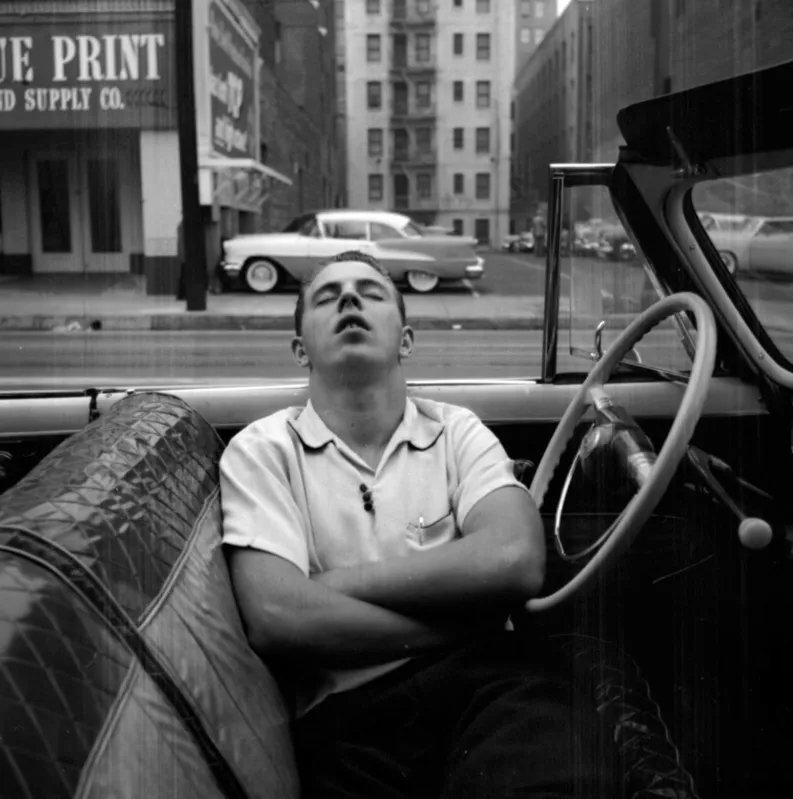

















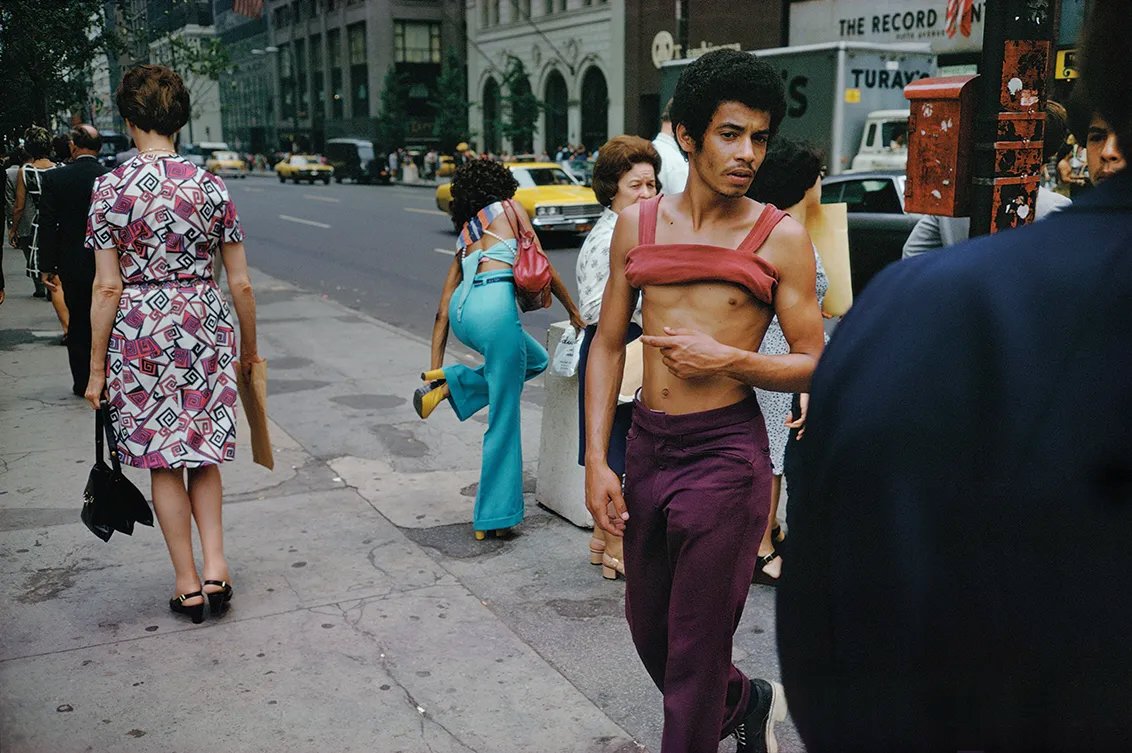






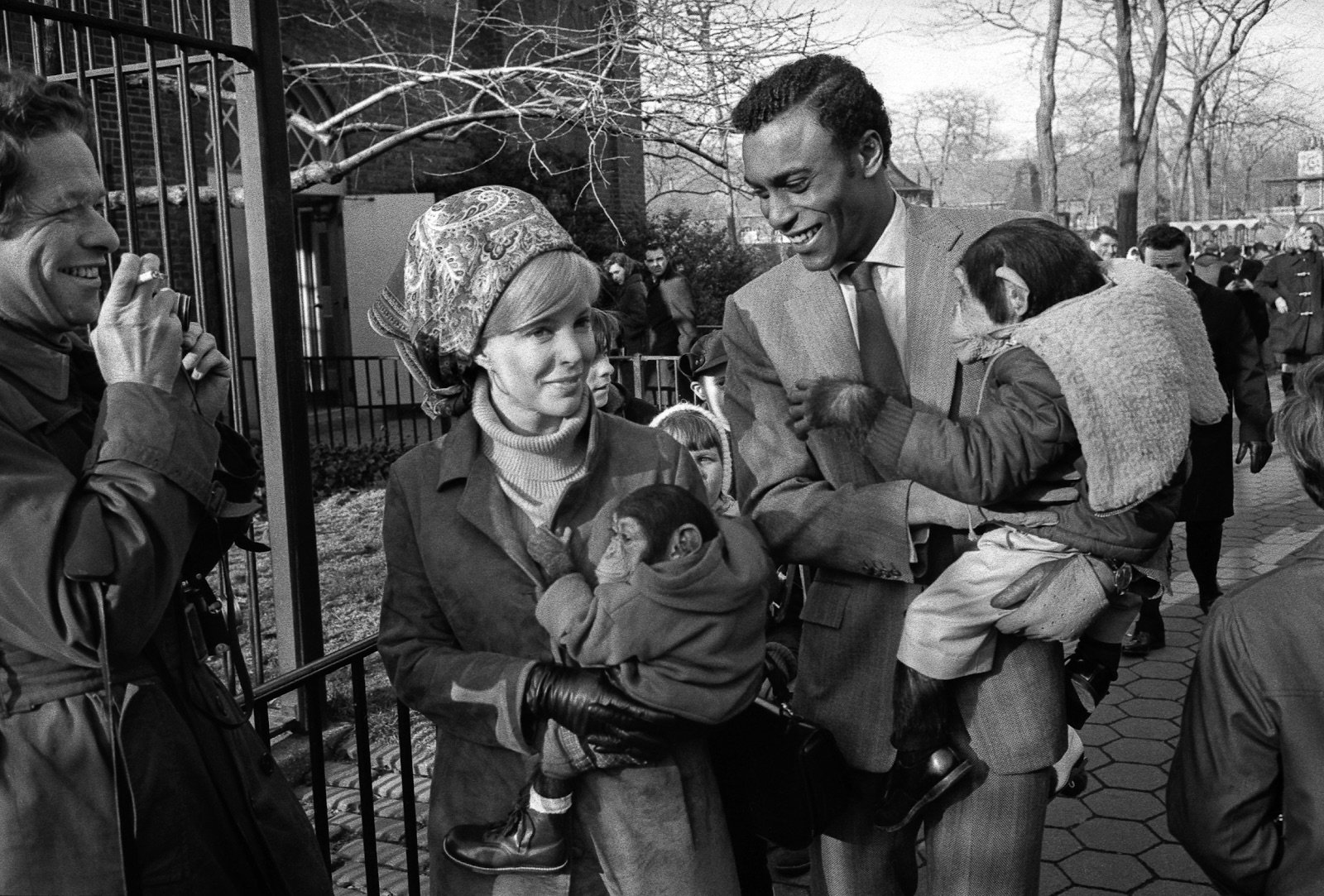




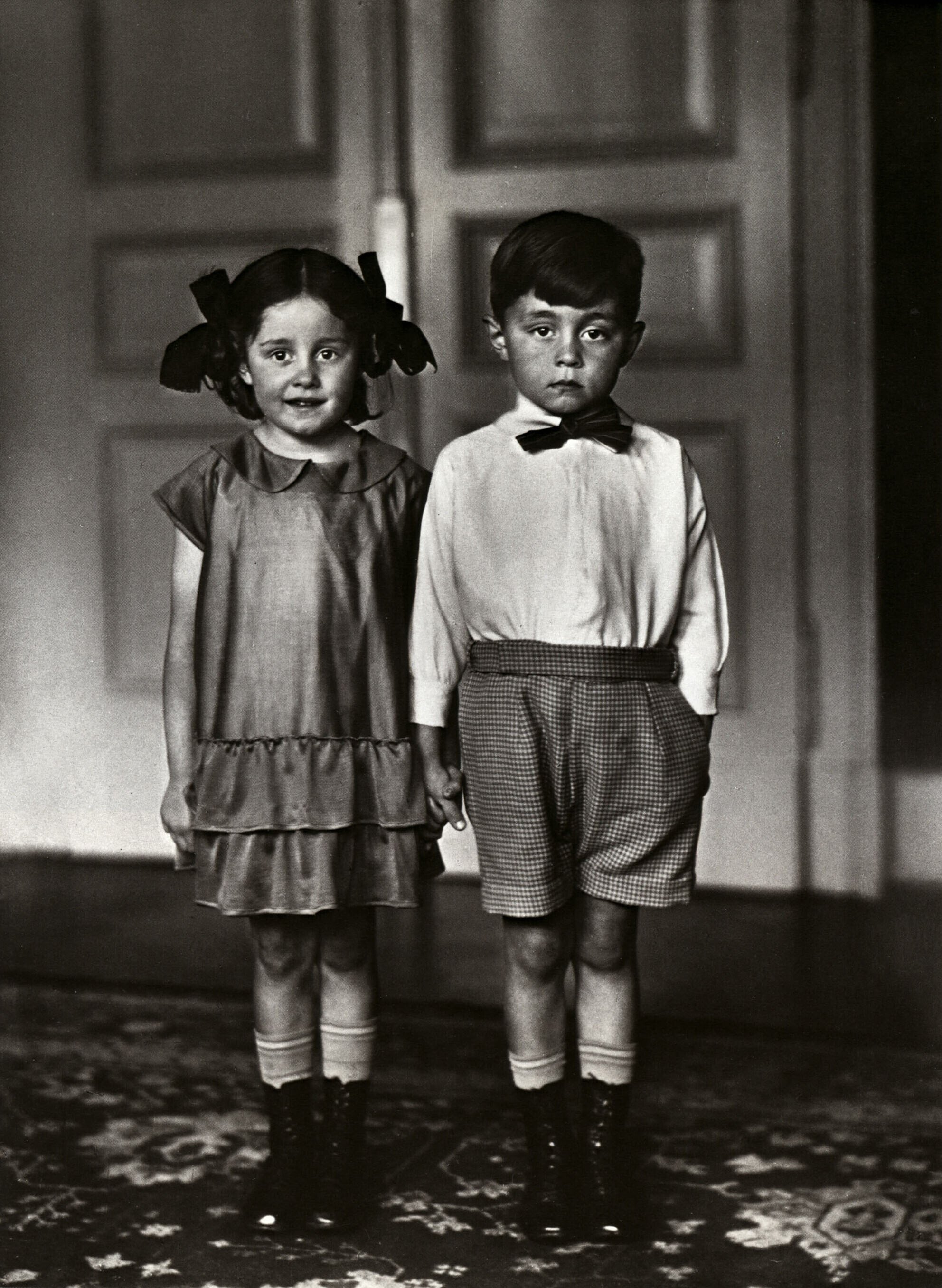





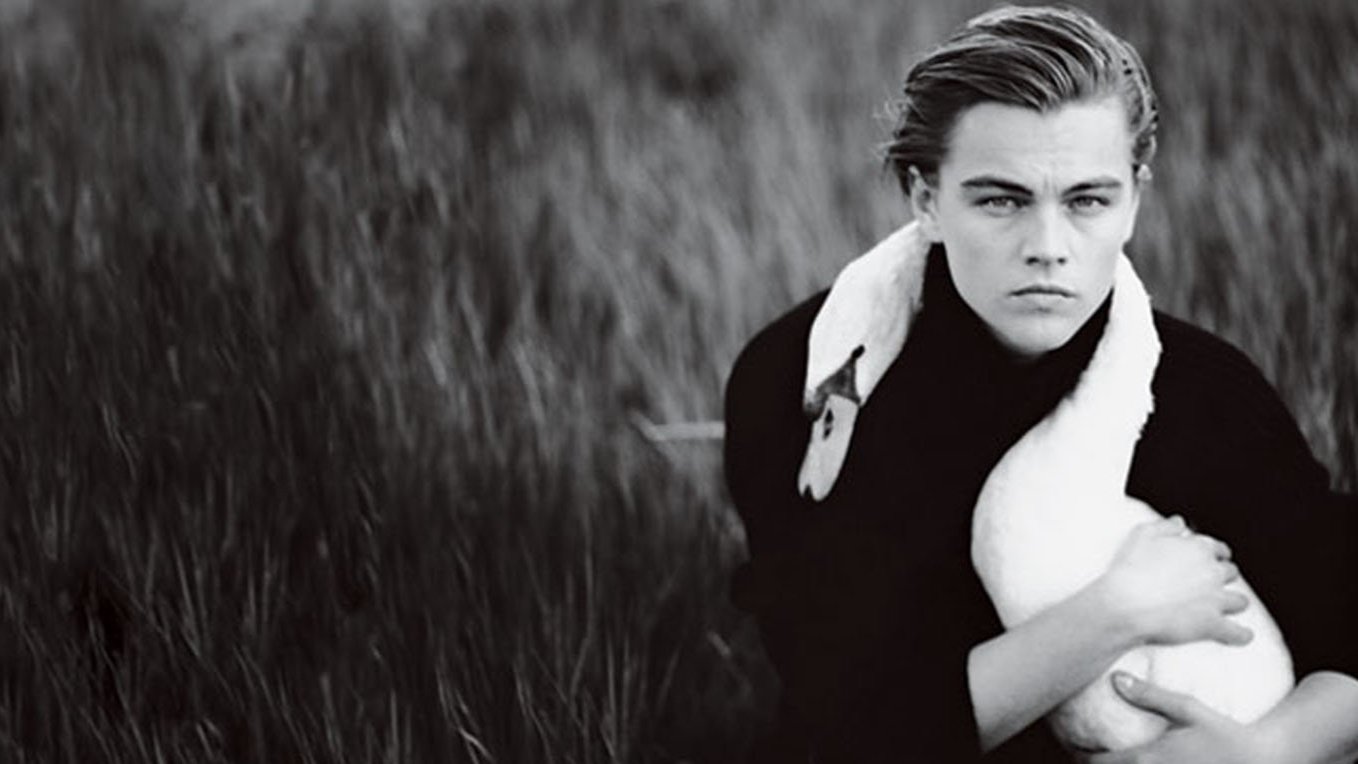

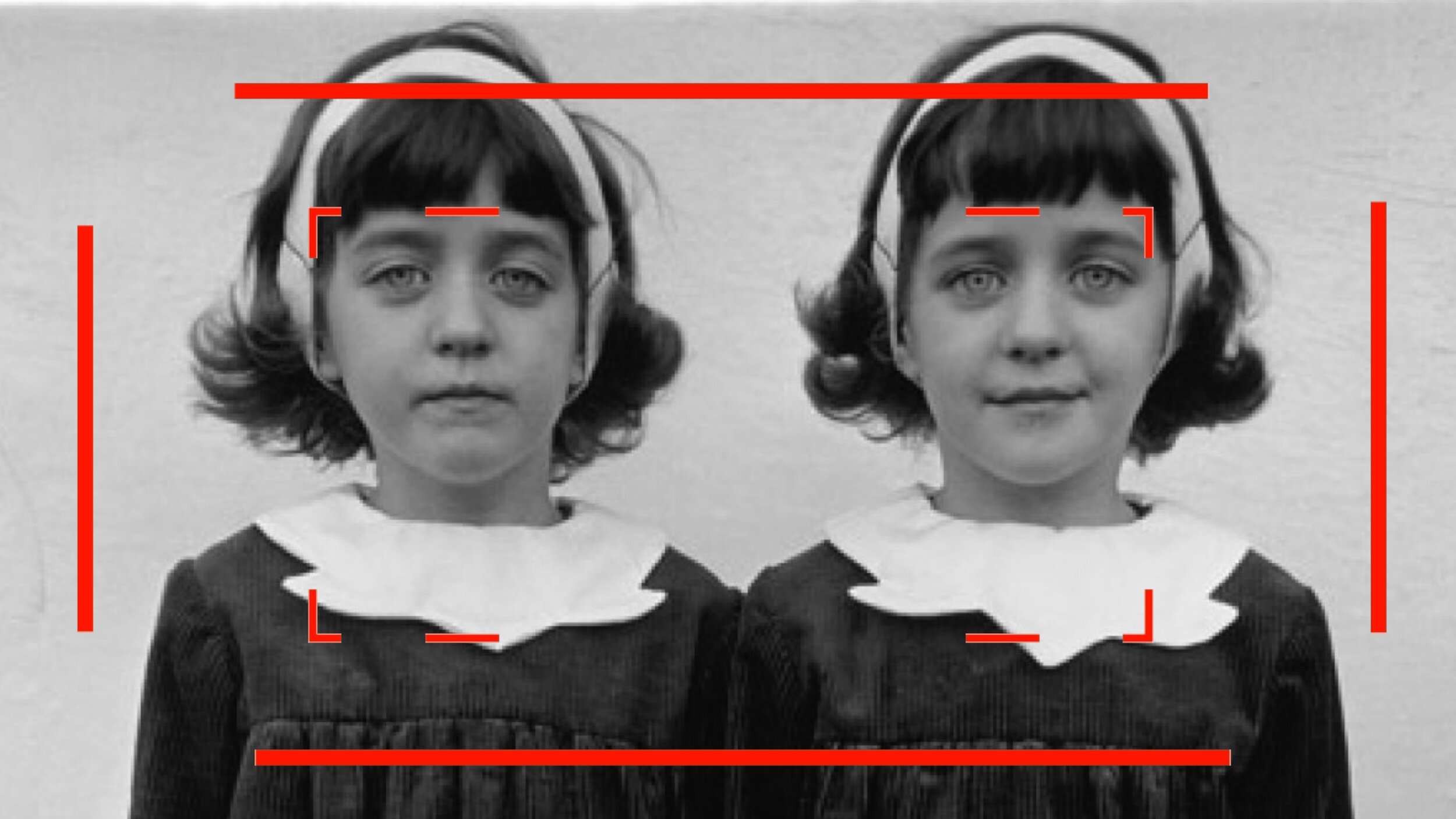
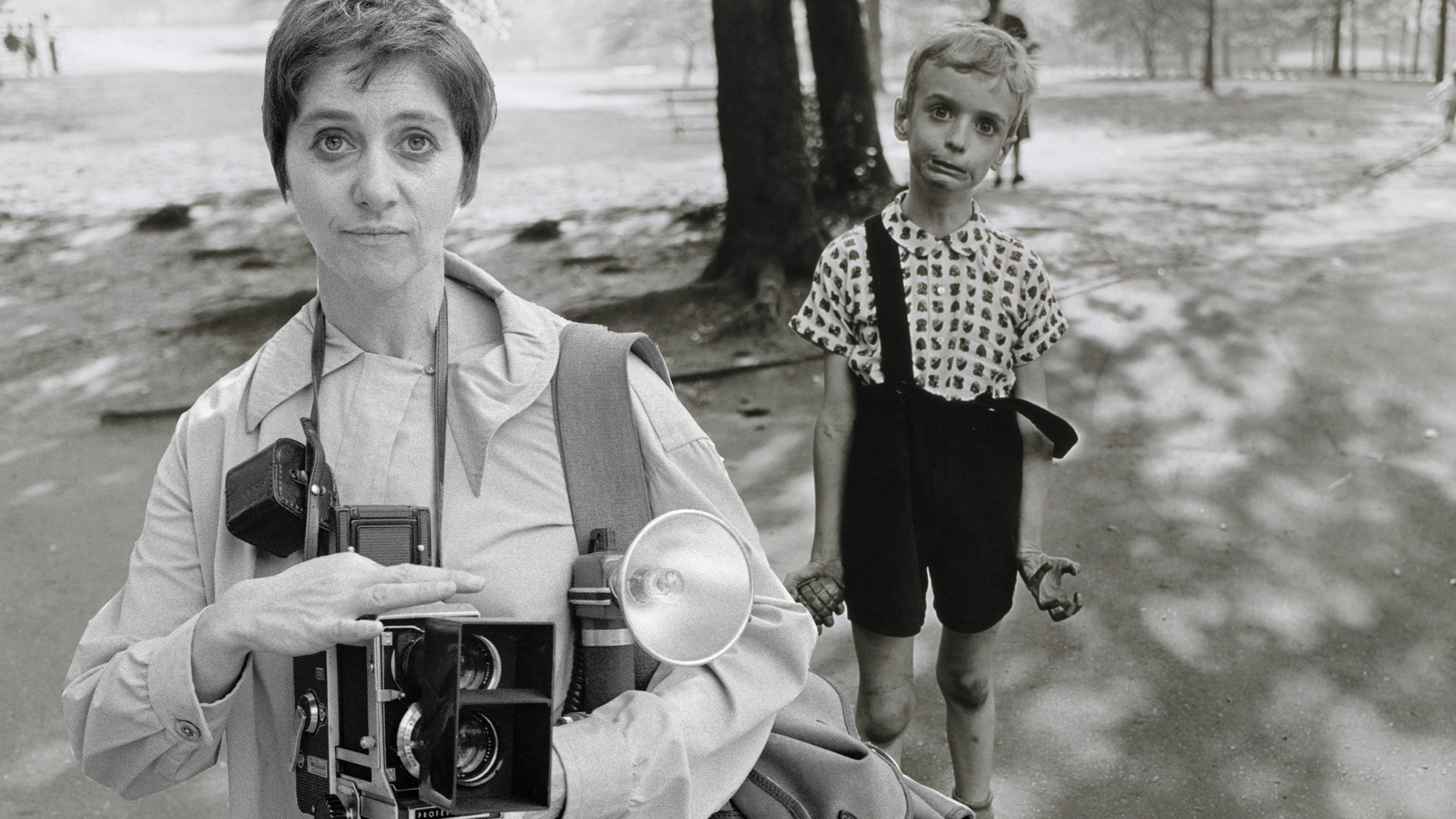













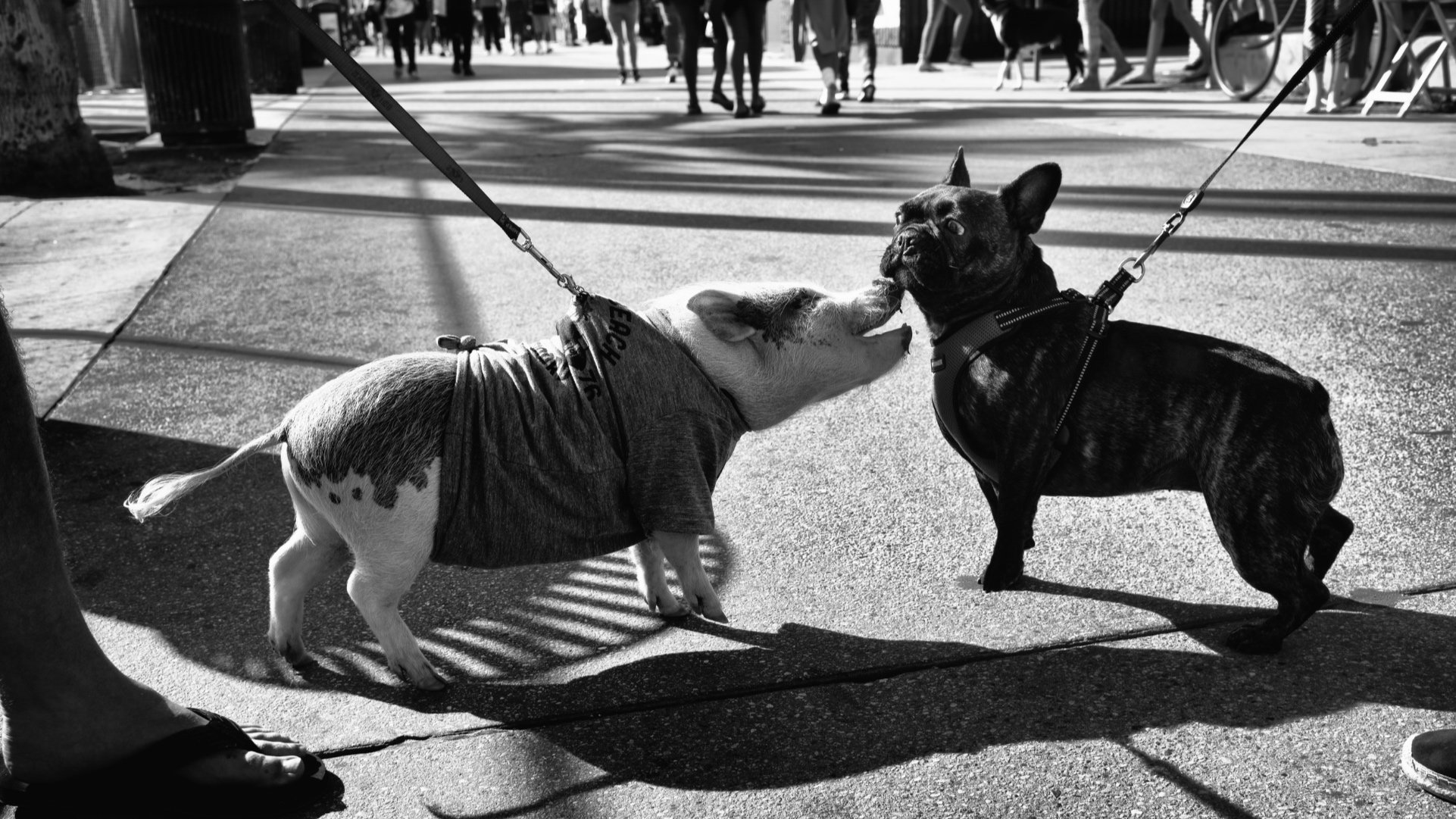
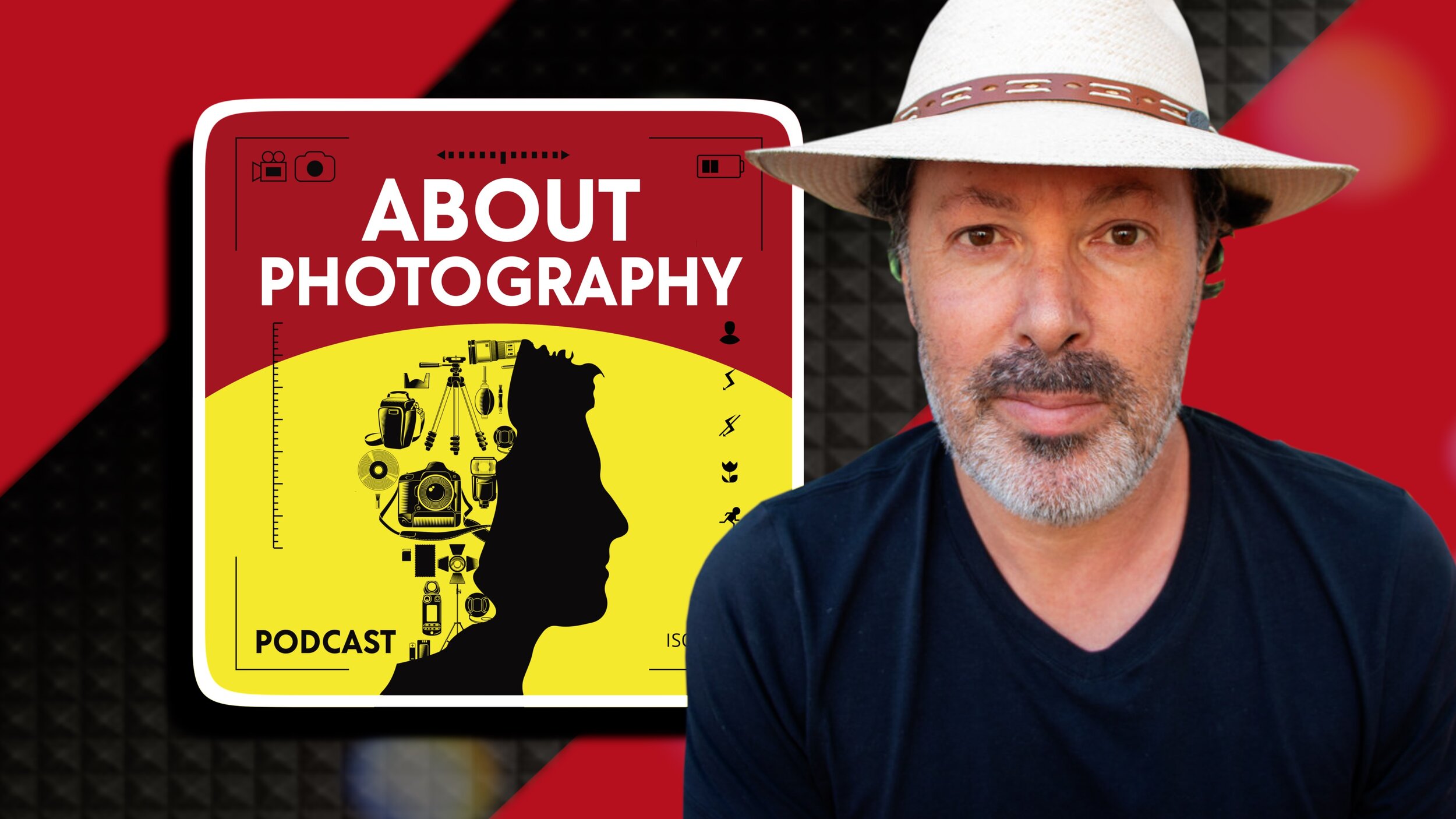






















![Saul Leiter's advice for better photos [video]](https://images.squarespace-cdn.com/content/v1/5b670534b98a78d5e84a7d19/1705765150583-A3PEAJ2MIID0HZ27JMAG/maxresdefault.jpg)



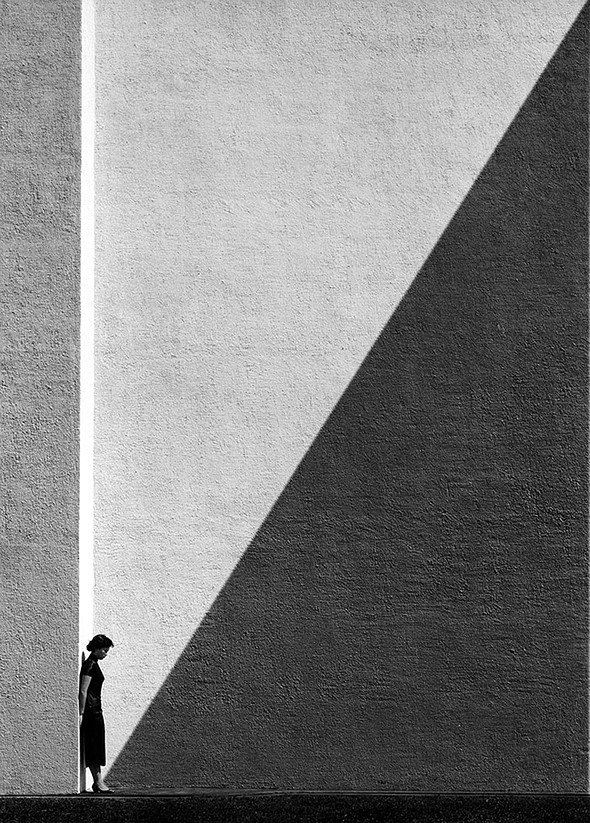
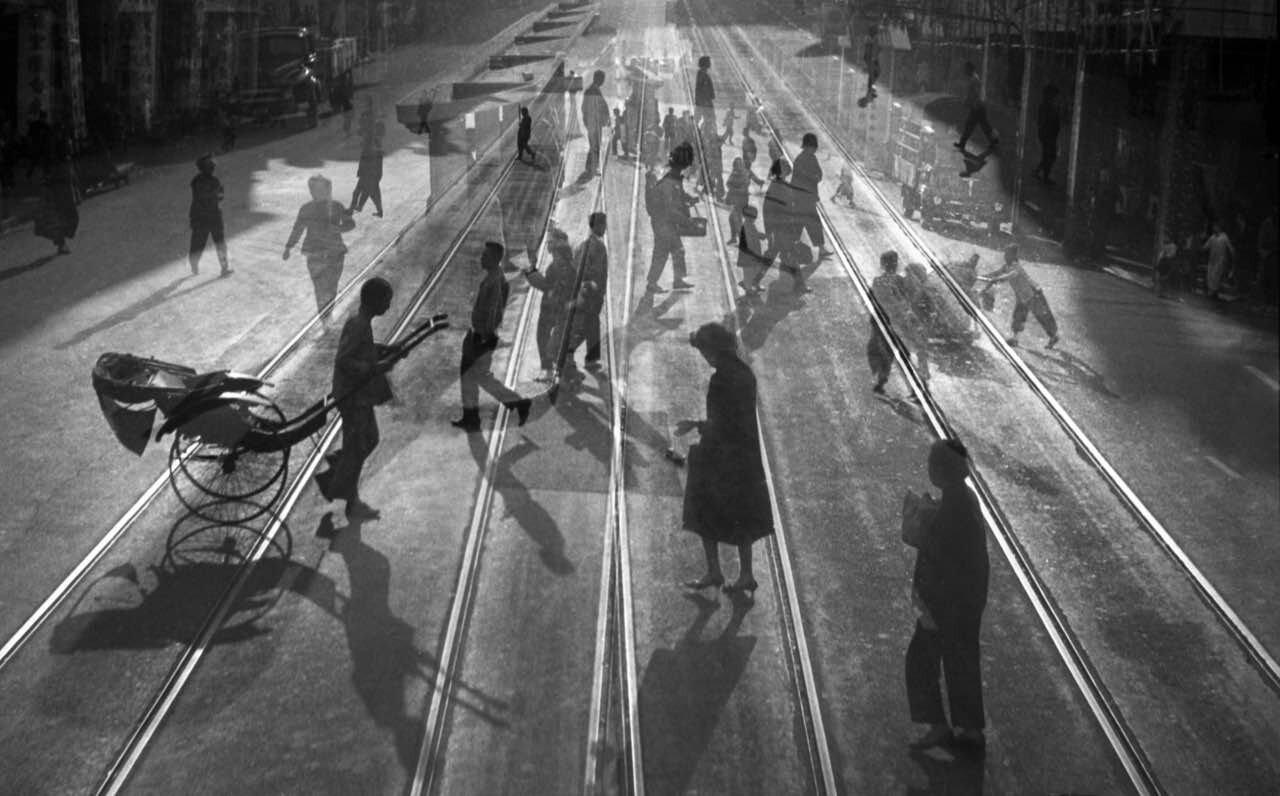
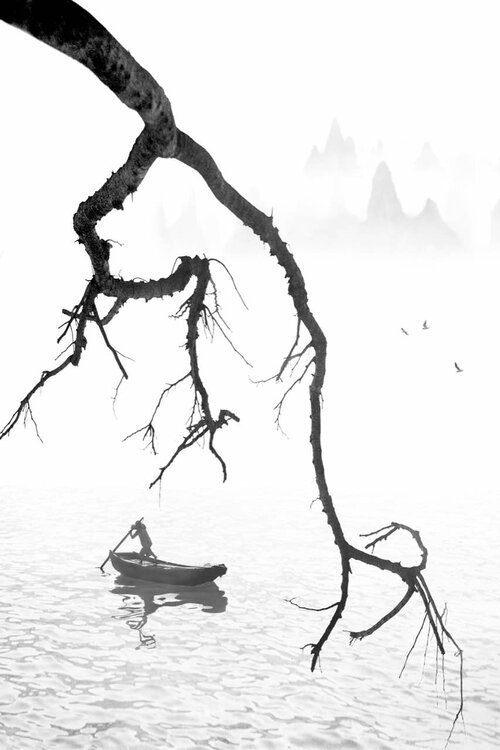
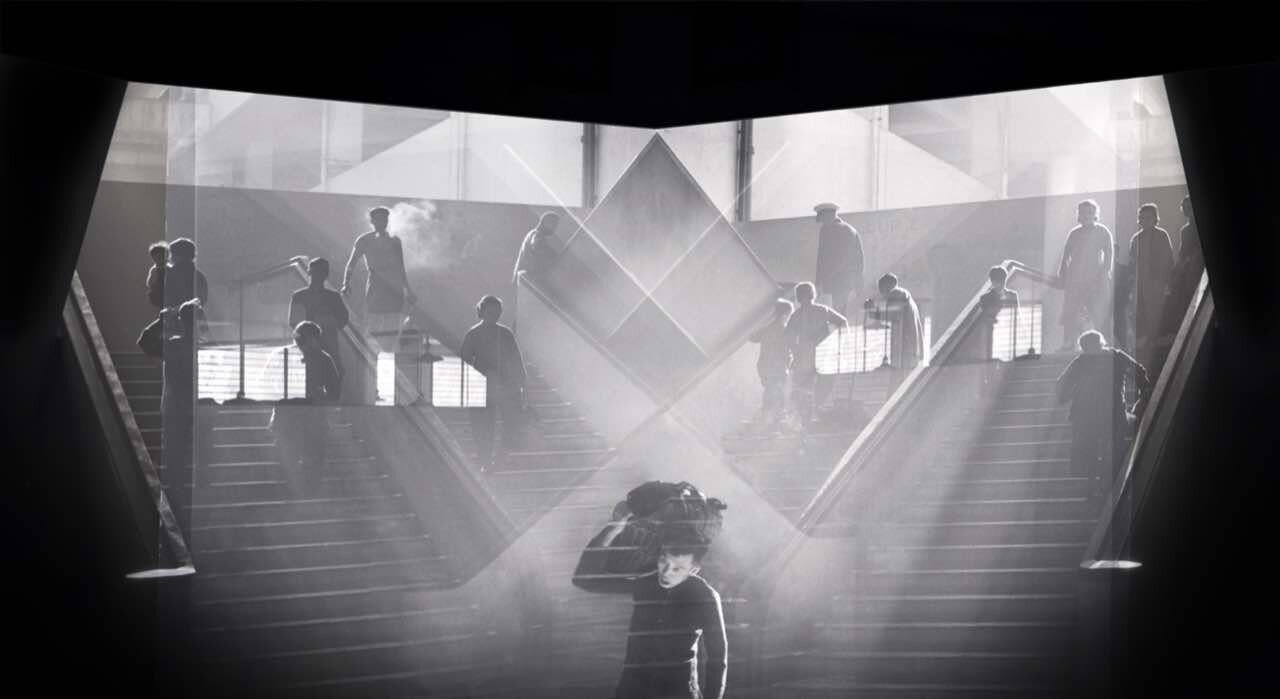
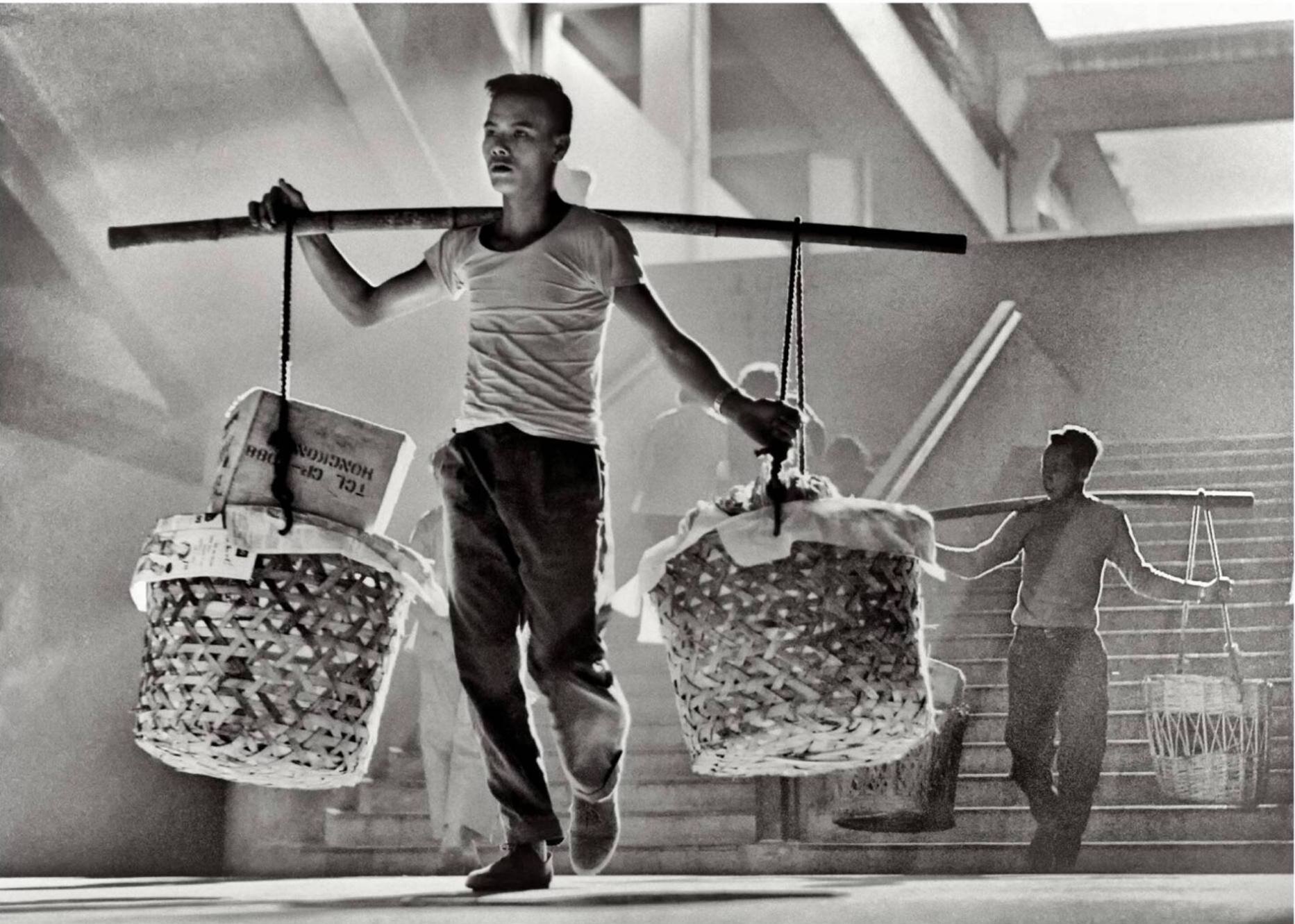
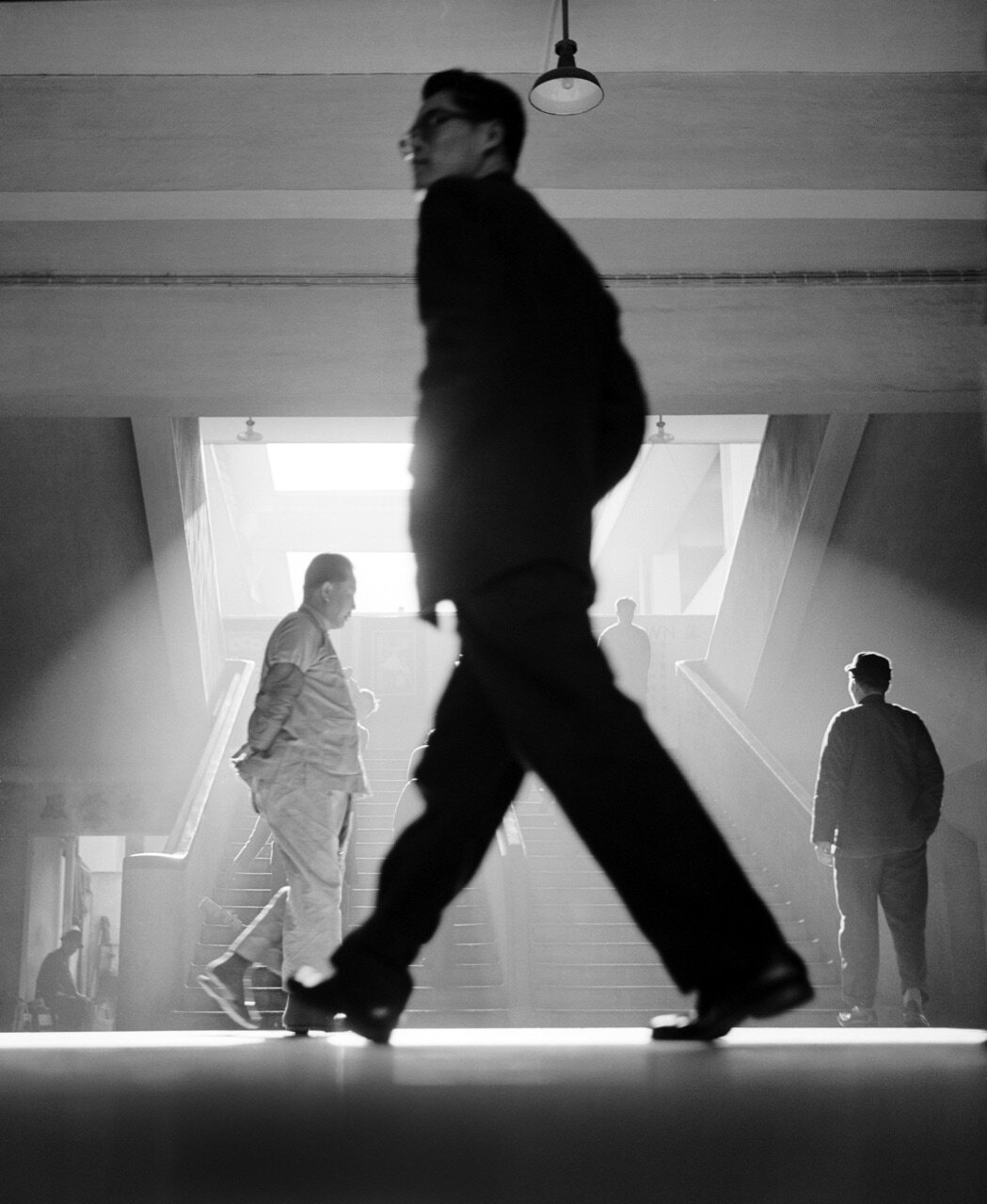
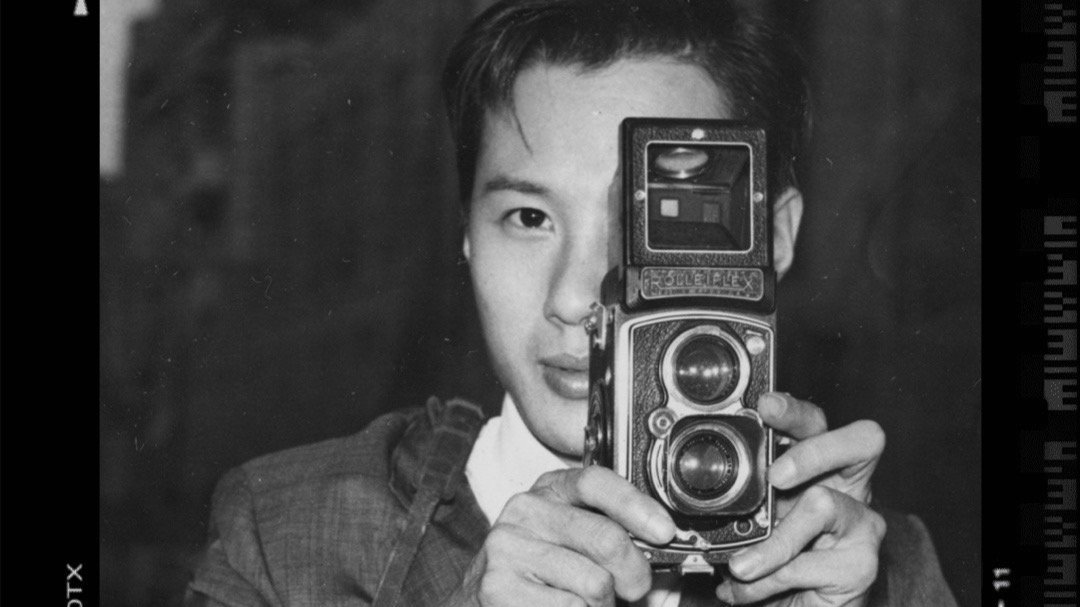


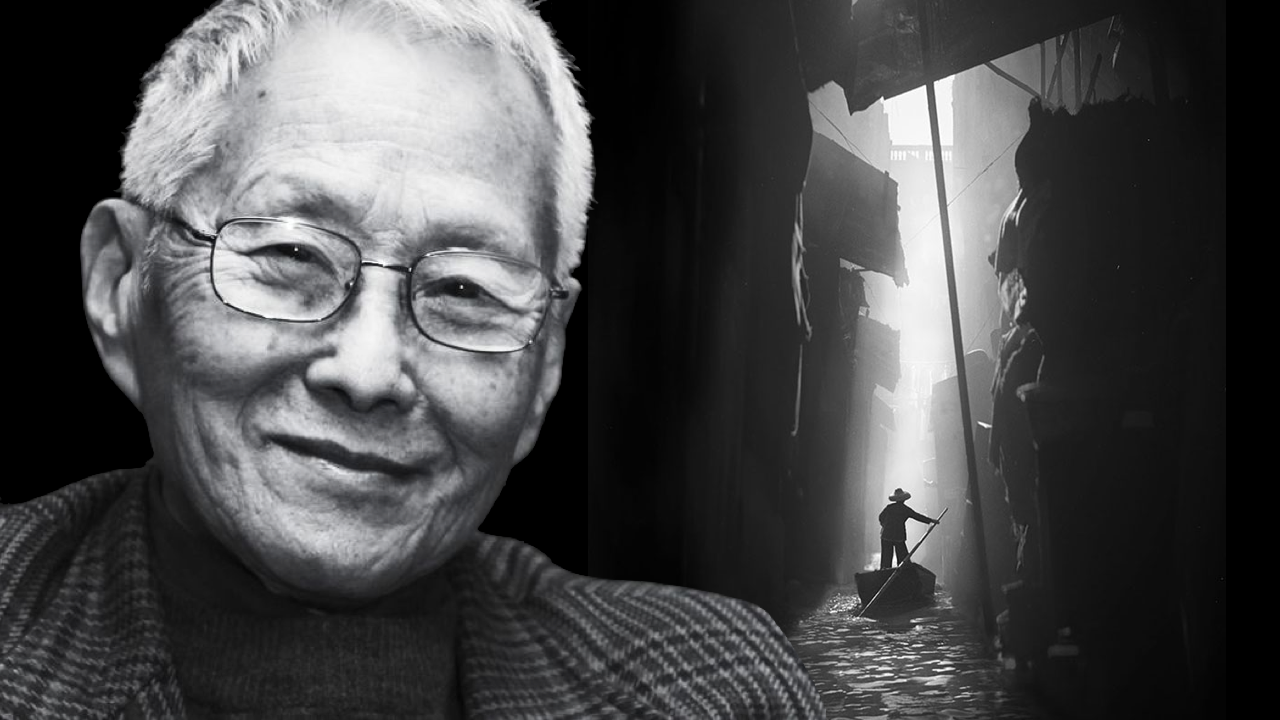



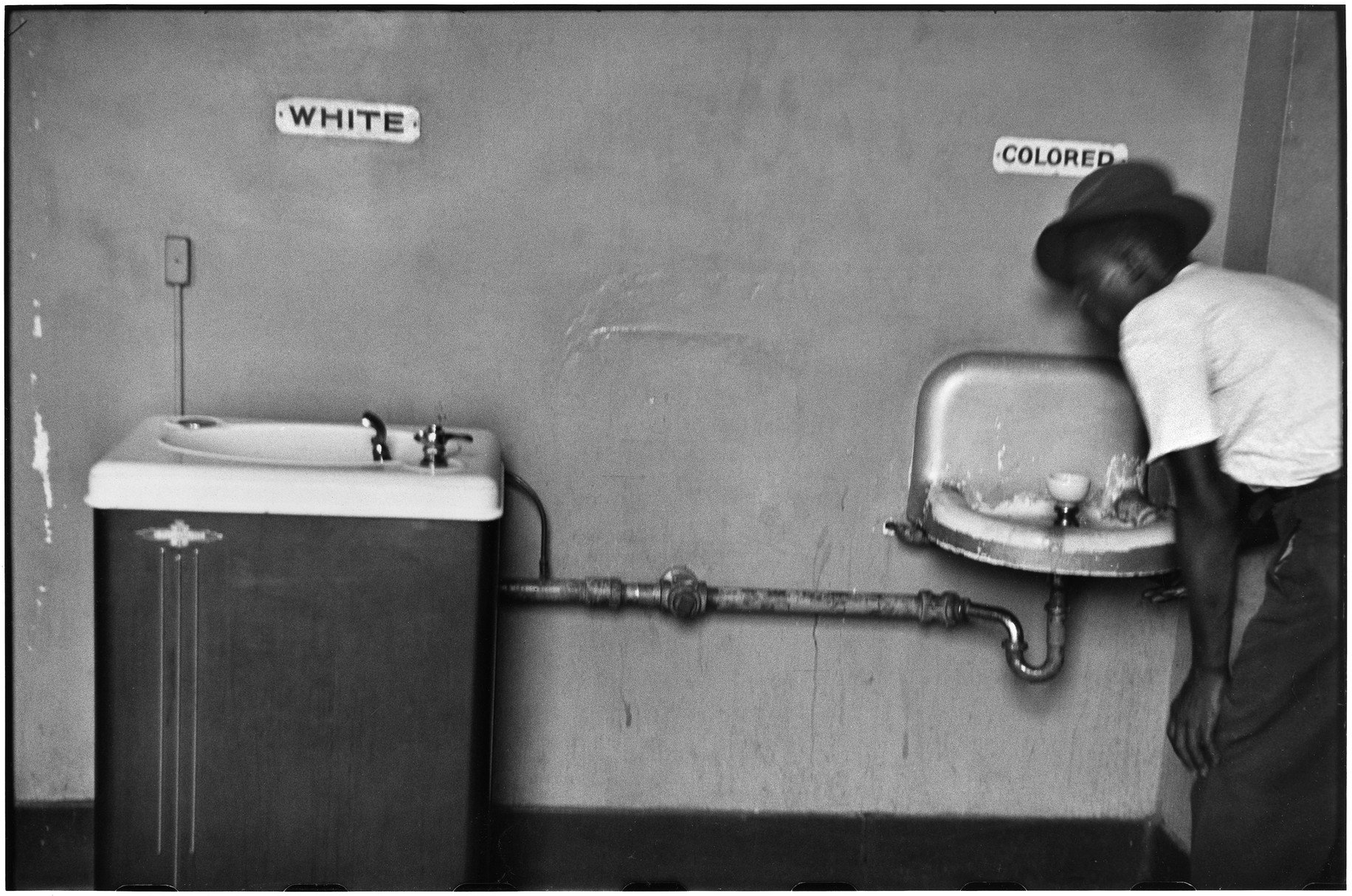






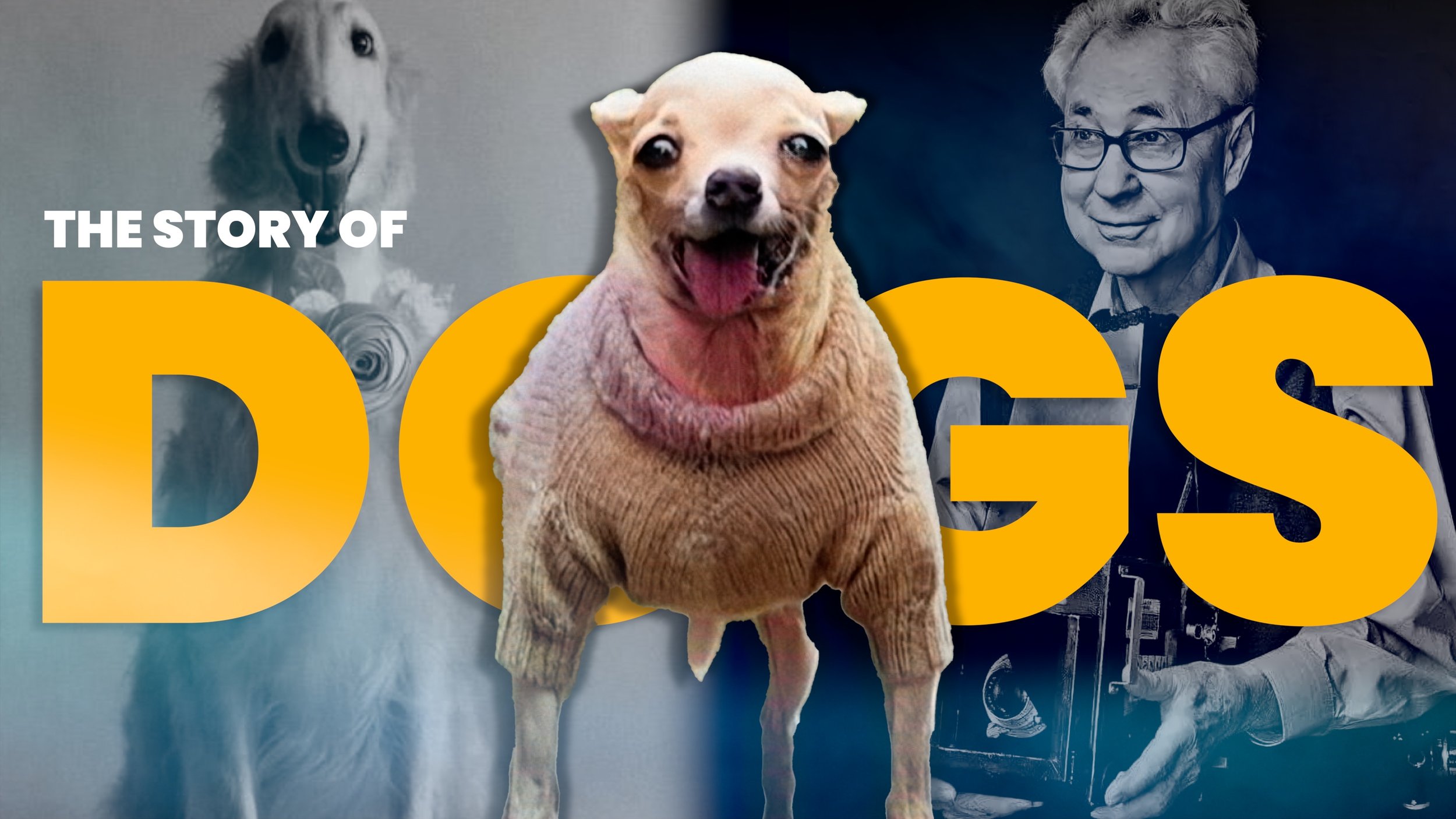

































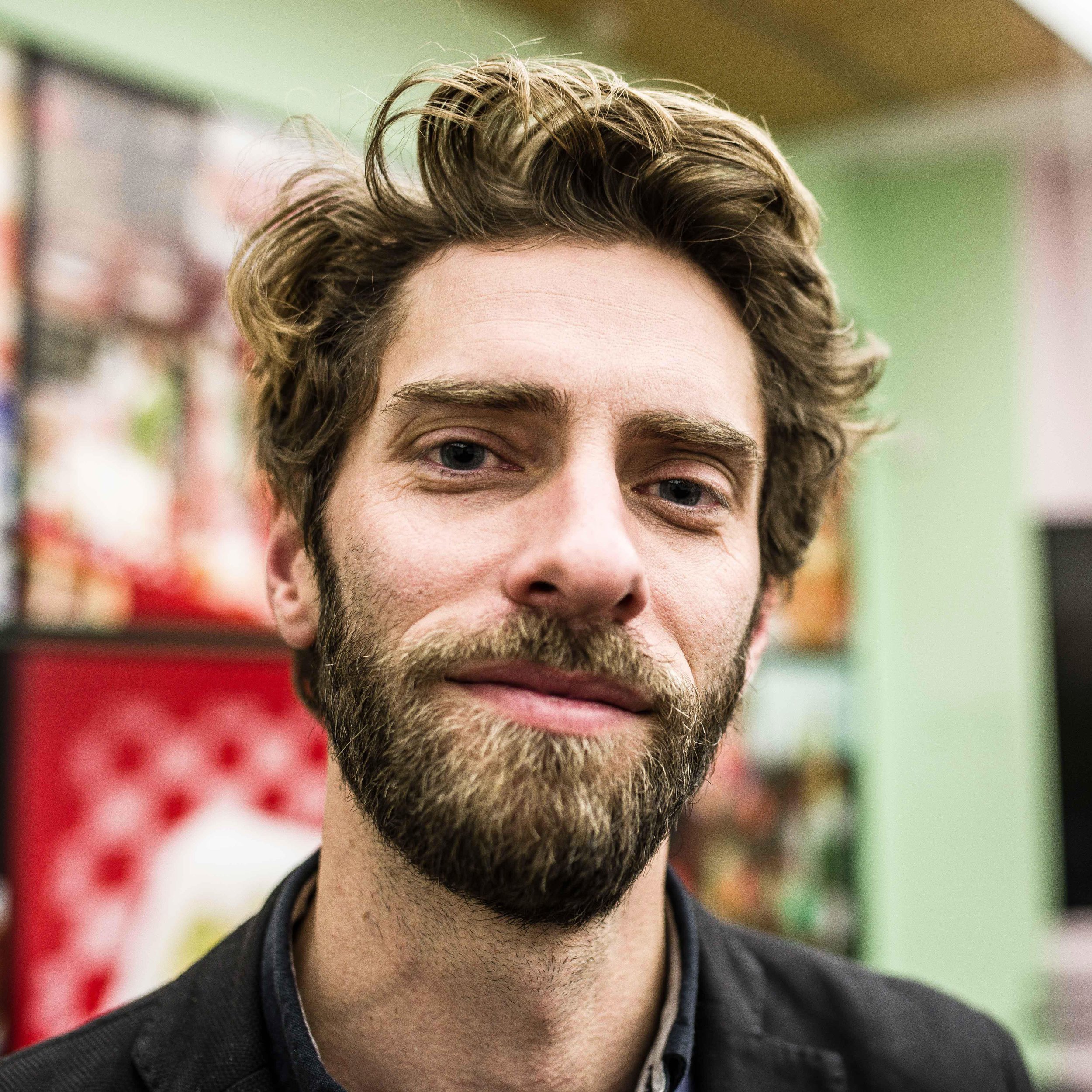














Unravel the captivating story of Vivian Maier, a seemingly ordinary nanny with a secret talent for street photography, whose work was discovered by chance and posthumously celebrated worldwide, securing her place as one of the most important photographers of the 20th century.